It must be at least 30 years since we first came here. We took our bikes on the train from Victoria then cycled from Eastbourne. Beachy Head and Birling Gap, East Dean and West Dean, Litlington and Lullington and Wilmington.
This was as close as we got that day. It seemed the perfect vantage point, as if the Long Man had been designed to be seen from here. But today we came for a closer look.
…In Sussex another enigmatic figure stands on the Downs. An outline with arms raised, holding a stave in each, the Long Man of Wilmington faces north on Windover Hill. One of the tallest carved figures in the world at 226 feet high, he is laid out on a 28° slope…
…In these figures we have a paradox: fragility, yet defiant persistence. While they carry memory, they are not things of the past. They are continuing history, they exist now, they belong to us here. If we don’t remake their significance for ourselves they will not endure. The land is our most elaborate storyboard. That we cannot precisely read the compression of history or translate the contradictions leaves room for us all to join in the telling: layers of meaning, tangles of ambiguity, overlays of possibility, a great weaving of significance. Adding to the depth of knowledge should never narrow our imagination – this is what created the (Cerne Abbas) Giant and the Long Man in the first place. Many giants populate our land, but only rarely can we see them.
England In Particular, Hill Figures
It seems like I’ve known this landscape forever. It’s become an archetype, thanks perhaps to this wonderful painting, The Long Man of Wilmington, by Eric Ravilious; a familiar image for as long as I can remember. The Long Man was first recorded in a drawing by John Rowley, a surveyor, in 1710 but it is thought to be much older, though there has never been a definitive history of the site.
The barbed-wire and woven-wire perimeter fence are the same as when Ravilious painted it in 1939. The giant within, striding out with his two walking sticks like a pilgrim traveller, a prophetic work of land art. Long by name, Long by nature, Long before Richard, Long after.
I can’t help but think of it now as a portrait of Richard Long.
We turned and followed the path to our right, climbing up to the crest of the hill.
There was a spectacular view north along the ridge of the South Downs, then over on the south side a paraglider caught the wind over Windover Hill.
We kept our feet firmly on the ground and continued down the chalk path to the road.
A sign in the hedgerow directed us to Lullington Church.
This tiny chapel is approached down a path alongside cottages and an orchard so that it appears to stand in their private garden. It is also known as the Church of the Good Shepherd. It was celebrated by the band British Sea Power who used its harmonium in their song The Smallest Church In Sussex.
(A small diversion. Before we started this walk we briefly visited Alfriston. It’s a place of many attractions, notably The George Inn and The Clergy House. But mostly I remember these gorgeous elm flowers on a tree by The Tye, their name for the village green. I just had to include them here!)
Back on track, we followed the path signposted for Jevington.
Winchester’s Pond, an 18th century dew pond on Lullington Heath.
Lullington Heath National Nature Reserve is a colourful patchwork of mixed scrub,
chalk grasslands and the best example of chalk heath remaining in Britain.
Early-purple orchid (Orchis mascula).
Late-white flint (Albo silicem).
“Come on! Get a move on!”
It was the second week of May and this ash tree was just coming into leaf.
We were now on the South Downs Way, a cycle super highway.
Giant puffball (Calvatia gigantea).
Looking down into the steep combe known as Tenantry Ground.
Over the next stile we came to the top of the Long Man.
And a nice panorama.
Difficult to see the hill figure from this angle, mostly we saw rabbits running for cover, but the white line in the centre of the picture is one of the Long Man’s walking sticks, seen from above.
Afterwards we paid a visit to Wilmington Church.
The Wilmington Madonna
In the north wall of the chancel is a strange figure, removed in 1948 from the exterior wall to a corresponding position inside the chancel.
One theory suggests that this is akin to the grotesque gargoyles found outside medieval Churches. Although it has certain features common to medieval angels, after recent cleaning the figure is considered to be an early Norman representation of the Madonna since the carving includes the remnants of what might well be a Christ child on the main figure’s knees. An even earlier date for this carving is not improbable and could suggest a connection with some pagan fertility cult.
The Bee & Butterfly Window
This window replaced an earlier one destroyed by fire in 2002. Read a description by its maker here.
The Millenium Window
Raise the Stone and thou shalt find me,
Cleave the Wood and I am there.
The design of this window is based on the magnified cross section of a yew tree, inspired by the one thousand and six hundred year old Tree of Life outside in the churchyard.
The Wilmington Yew
The yew stands in the churchyard and is believed to be one of the oldest yew trees in Sussex, certainly older than the church itself, since it has recently been dated at around 1600 years old. Its gnarled double stem is a study for many painters and photographers and its girth near the ground is 23 feet. The magnificent tree has to be supported by props and chains. At the foot lies an old Roman stone said to have been found at the bottom of the vicarage well by the village well-digger. It now lies over his grave.
As I moved around the tree taking these photos a jackdaw flew out of a hole and went screaming over my head, and I heard the cries of its young from inside.
This ancient yew tree reminded me of an earlier walk to visit even older yew trees at Kingley Vale.
From a Long Man supported by sticks to a Long Tree supported by sticks, what goes around comes around. They’re both good walking companions.
Long Man of Wilmington / The Long Man / The Long Man of Wilmington
Walk the walk: Wilmington’s Mystery of the Long Man




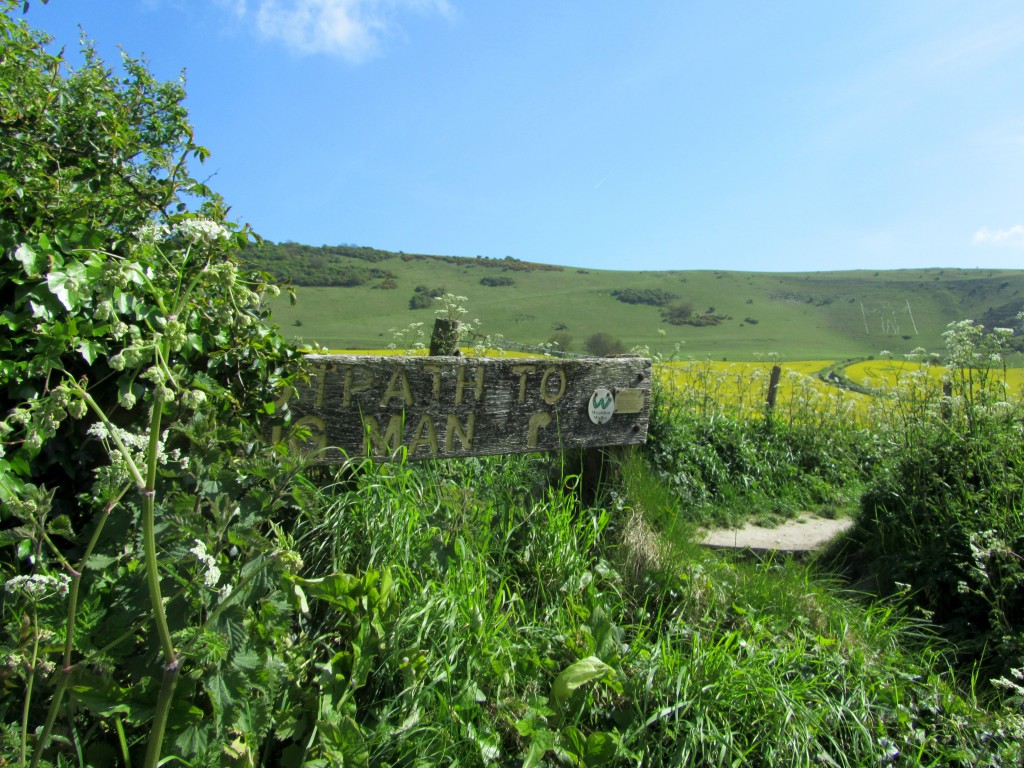
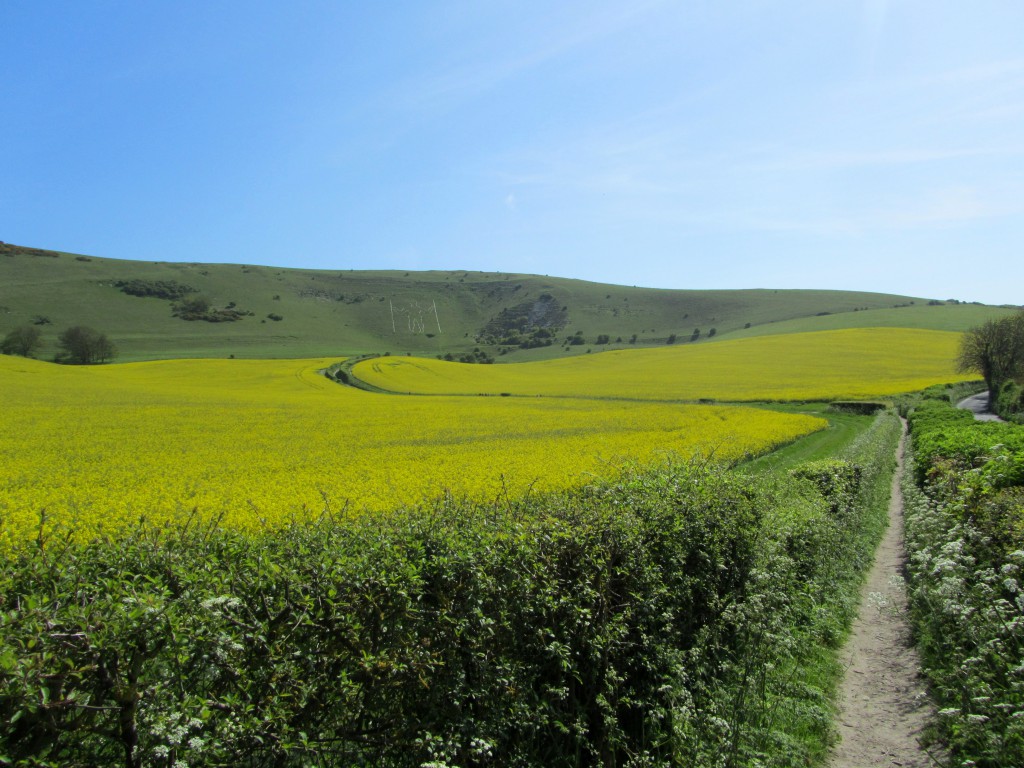


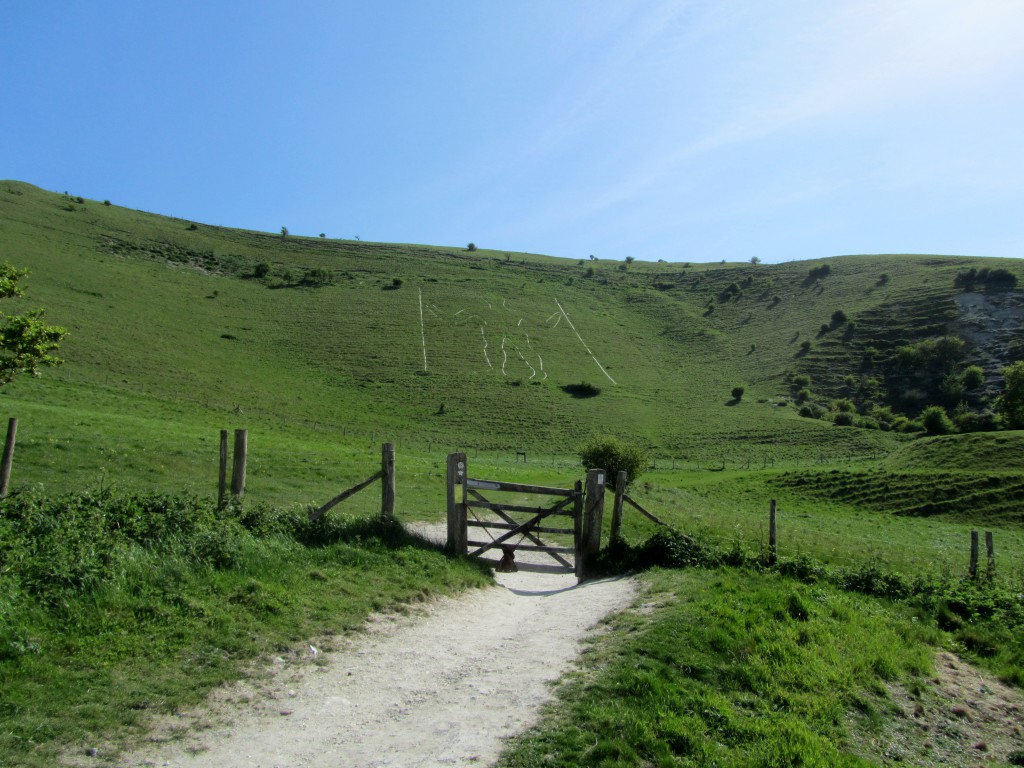
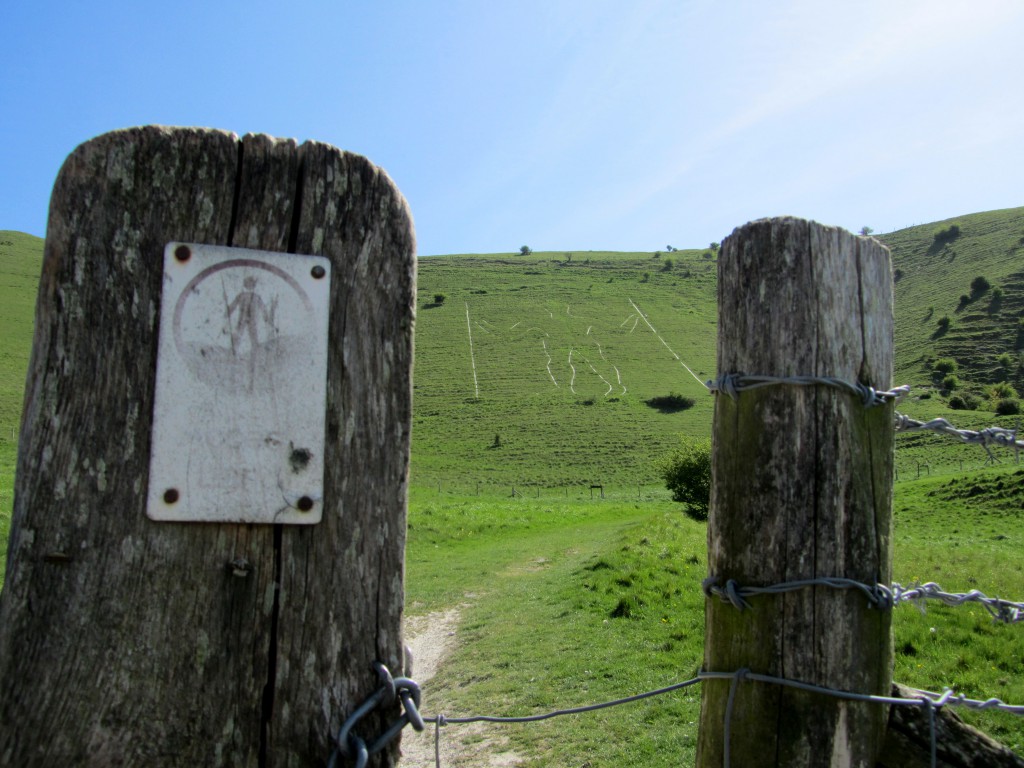
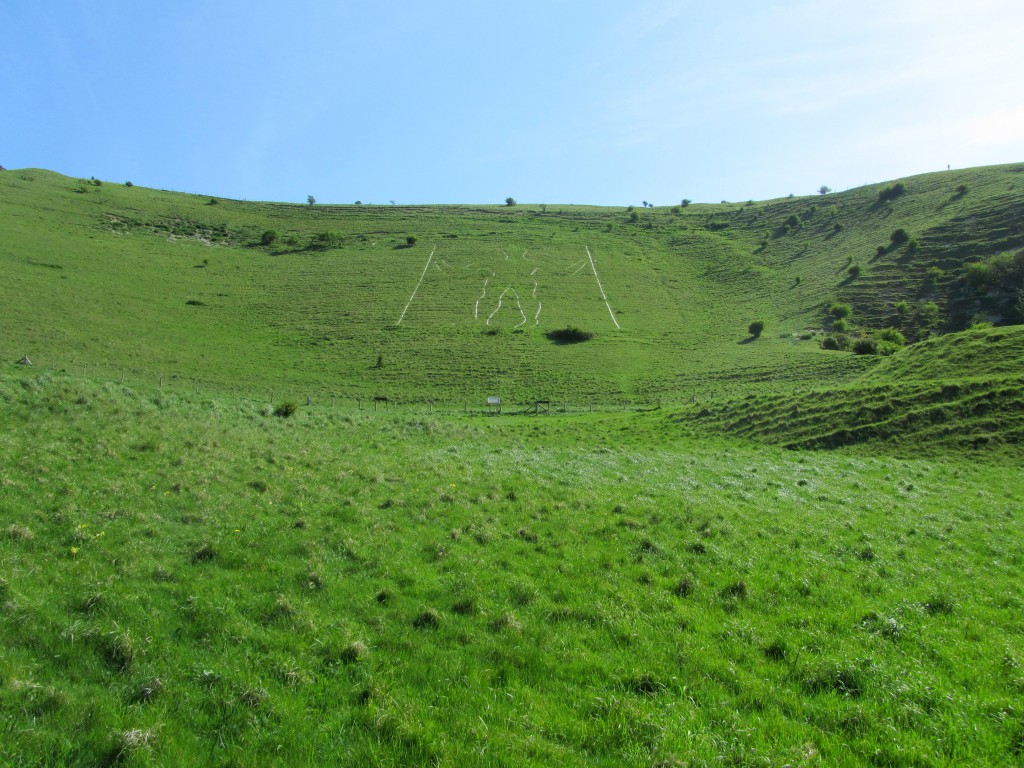

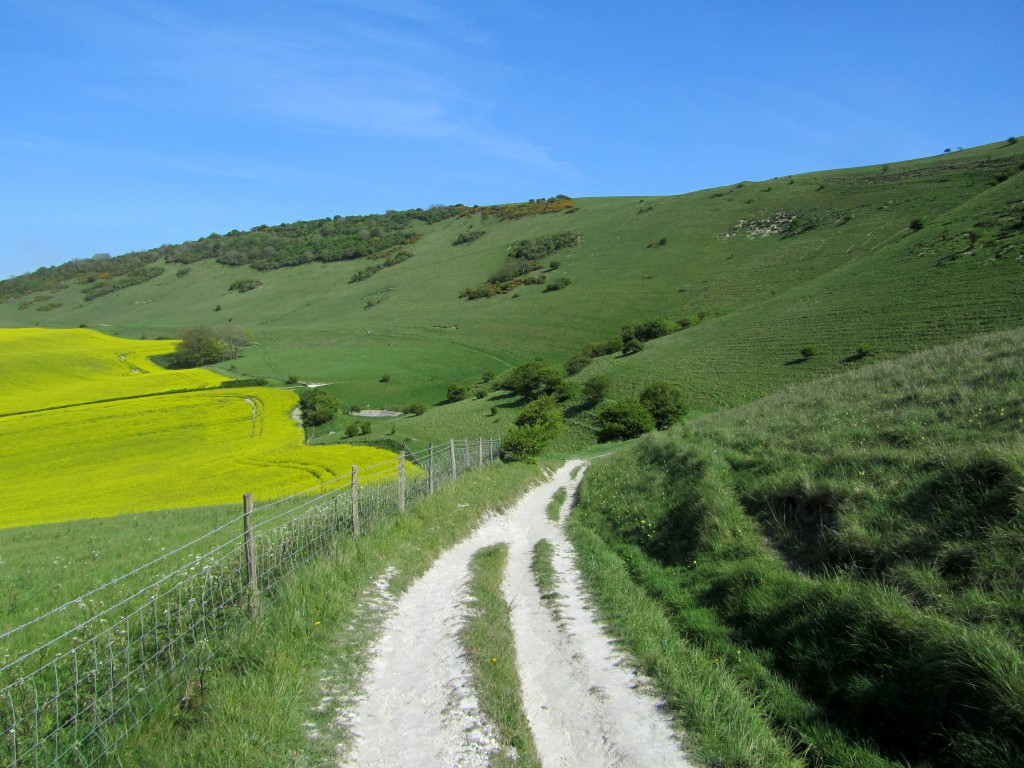

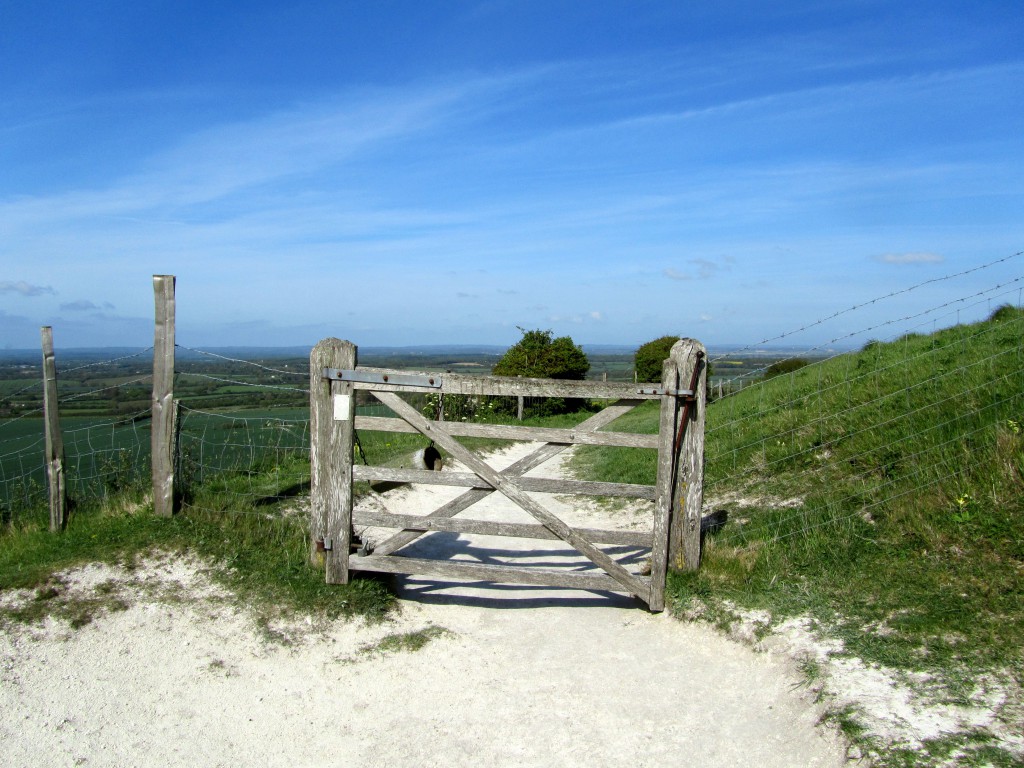
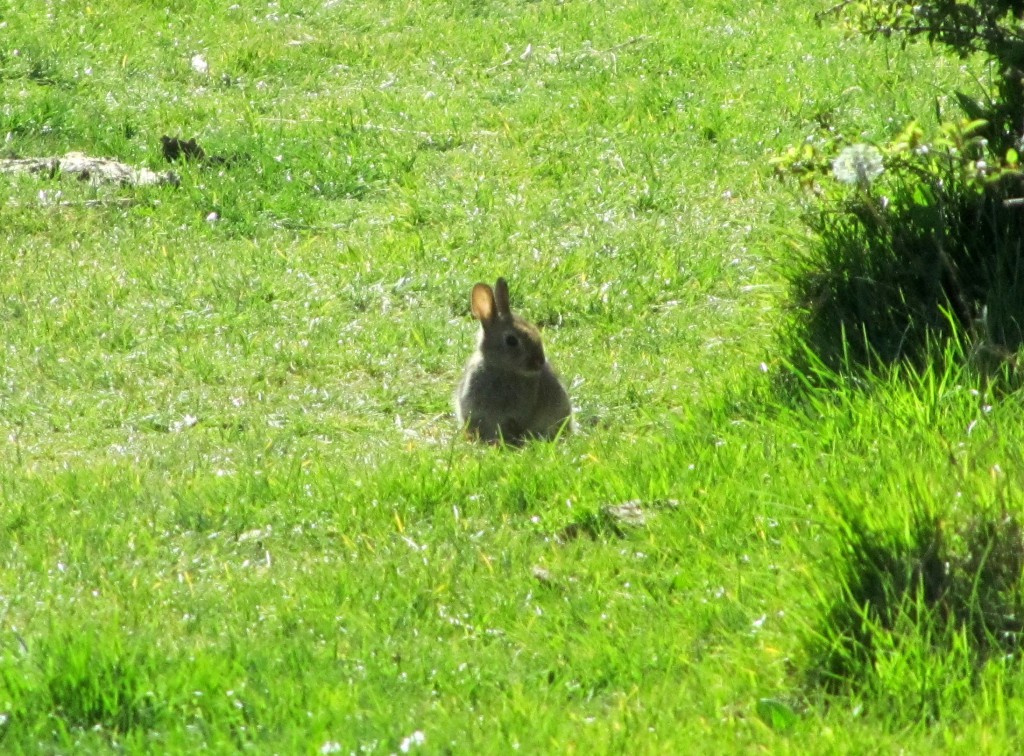
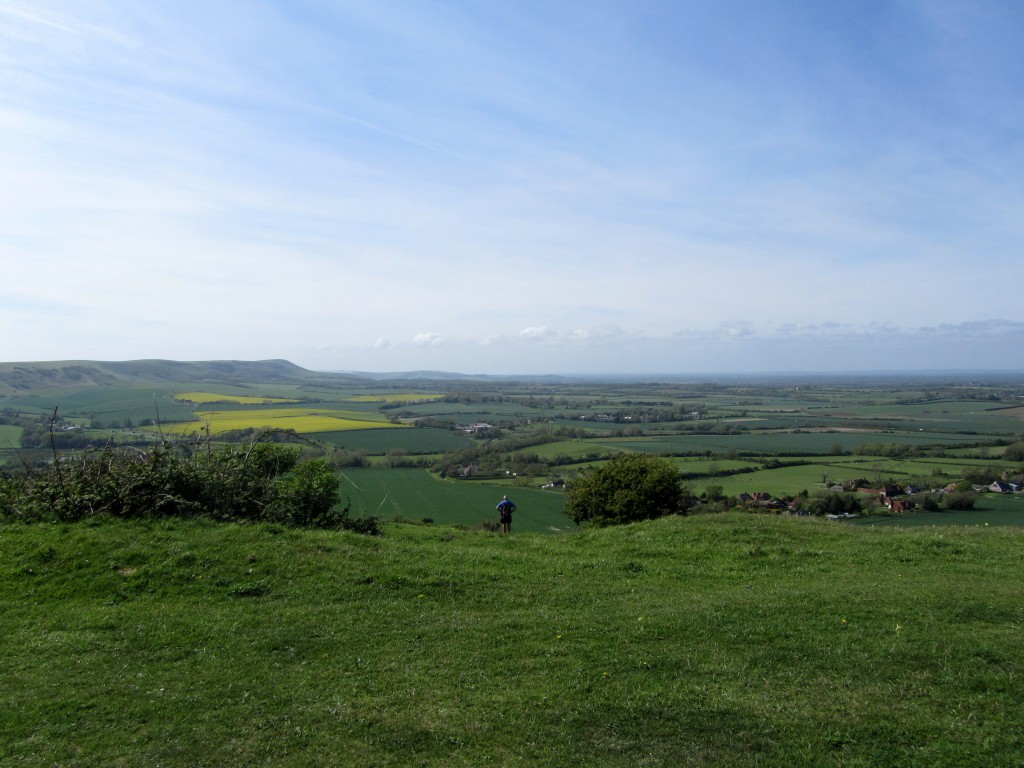
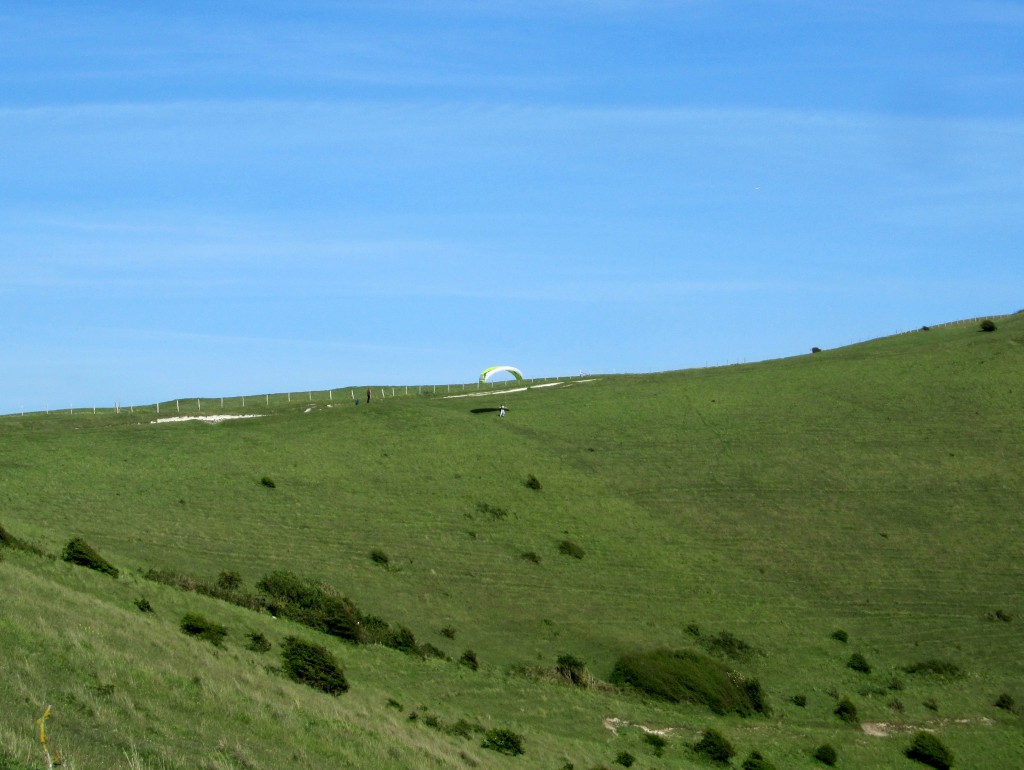
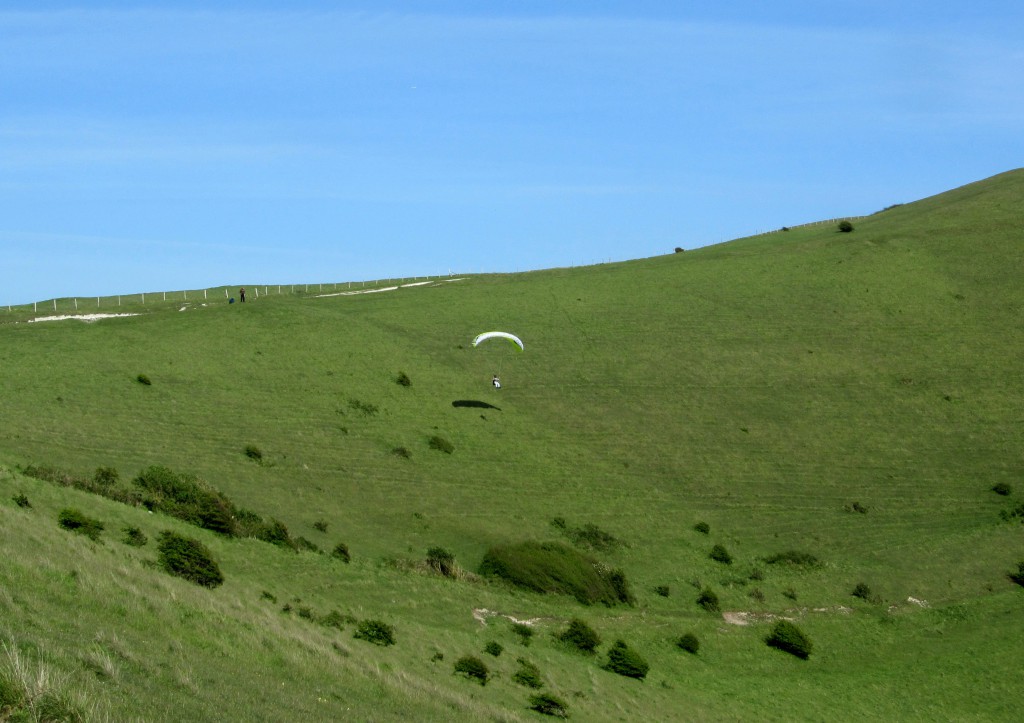

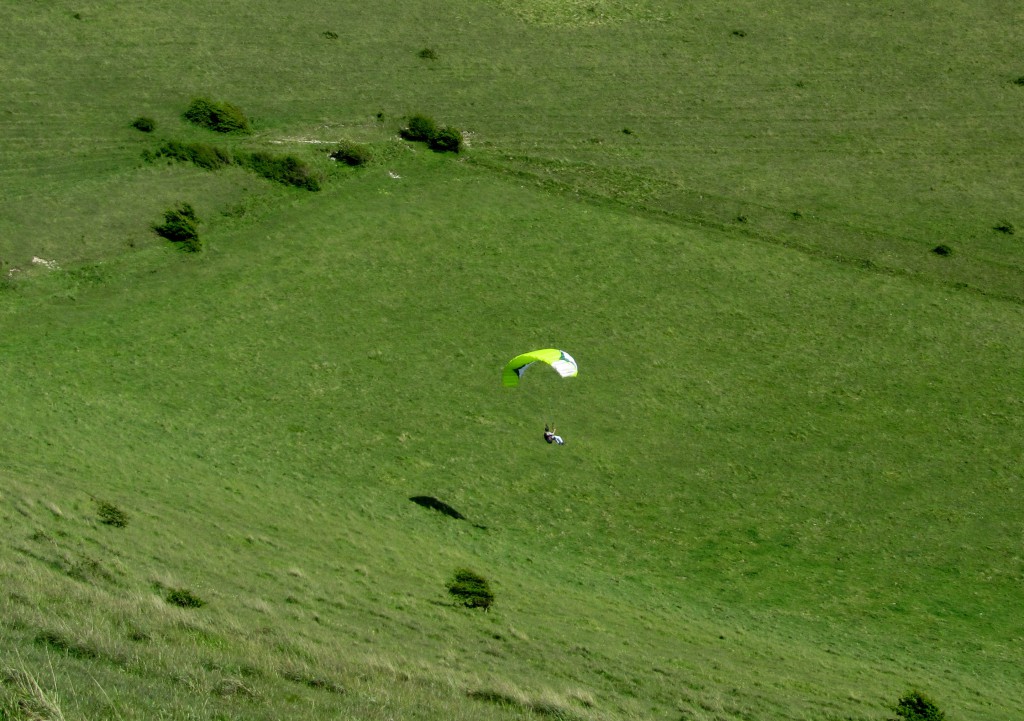

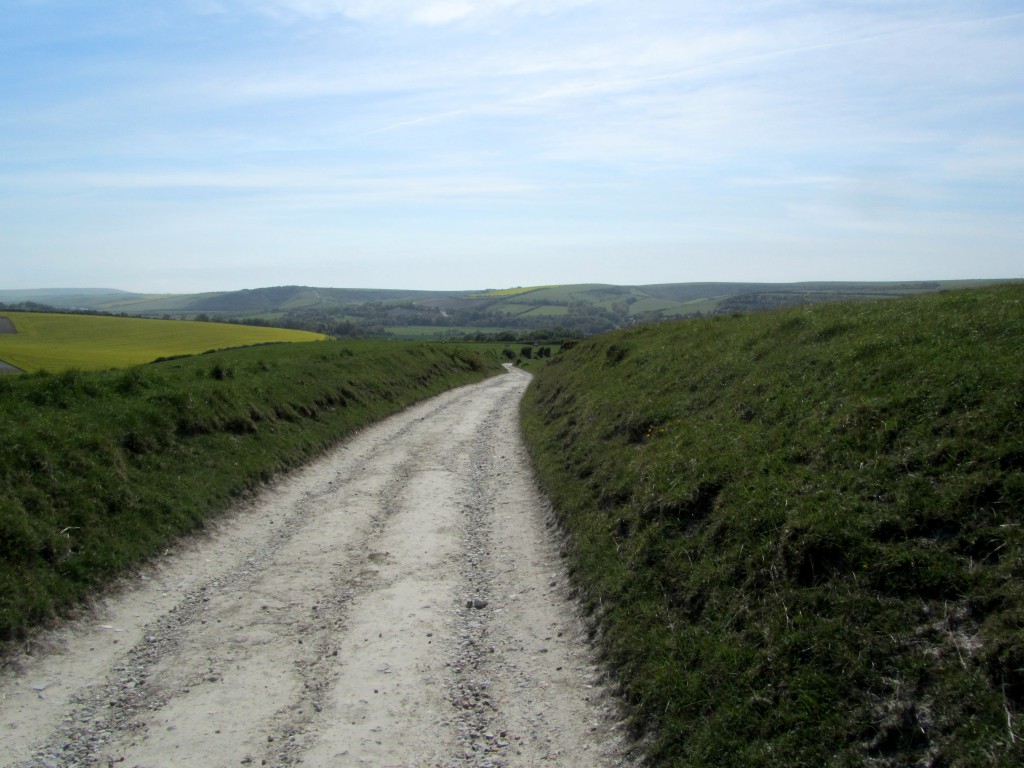


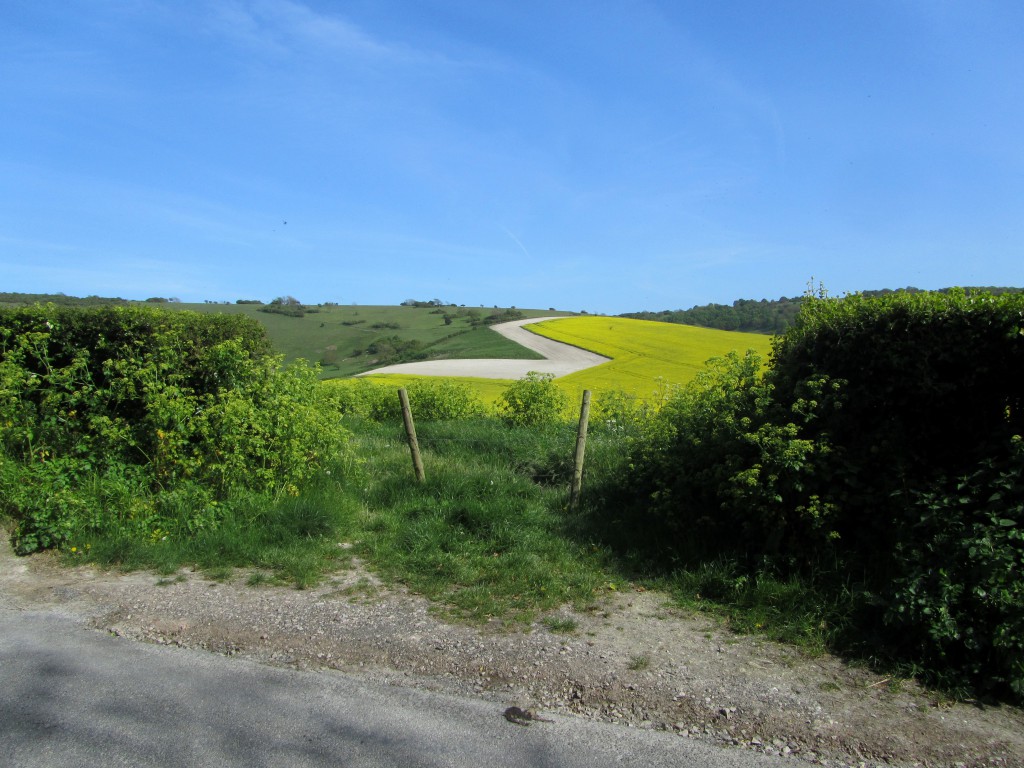

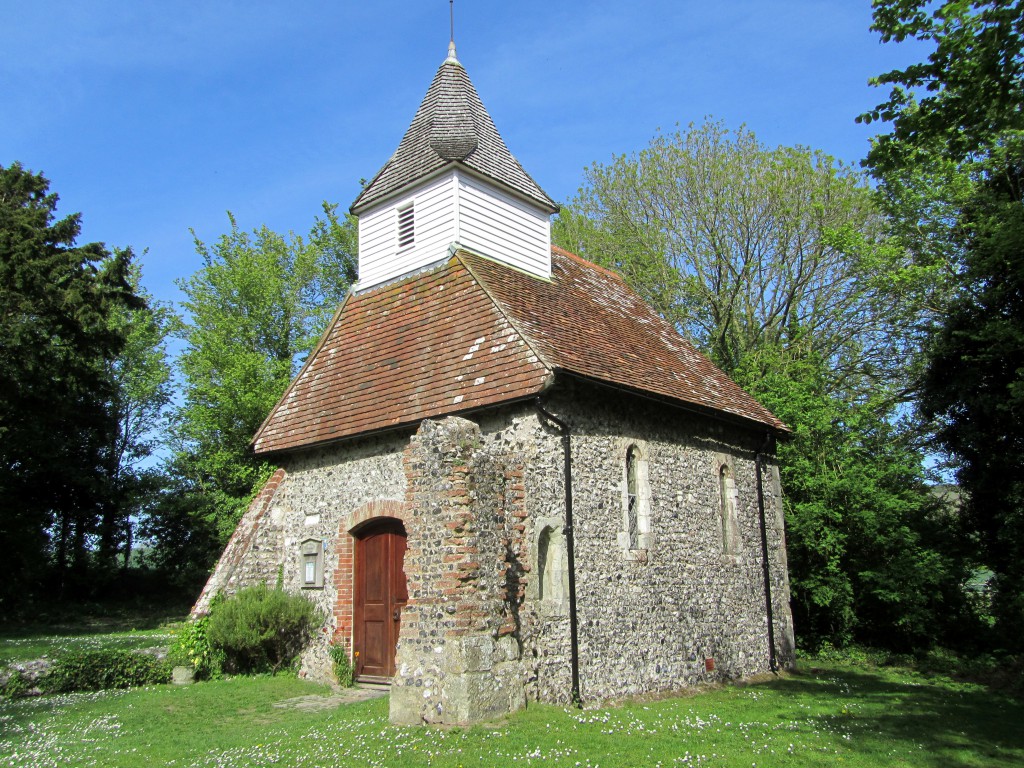
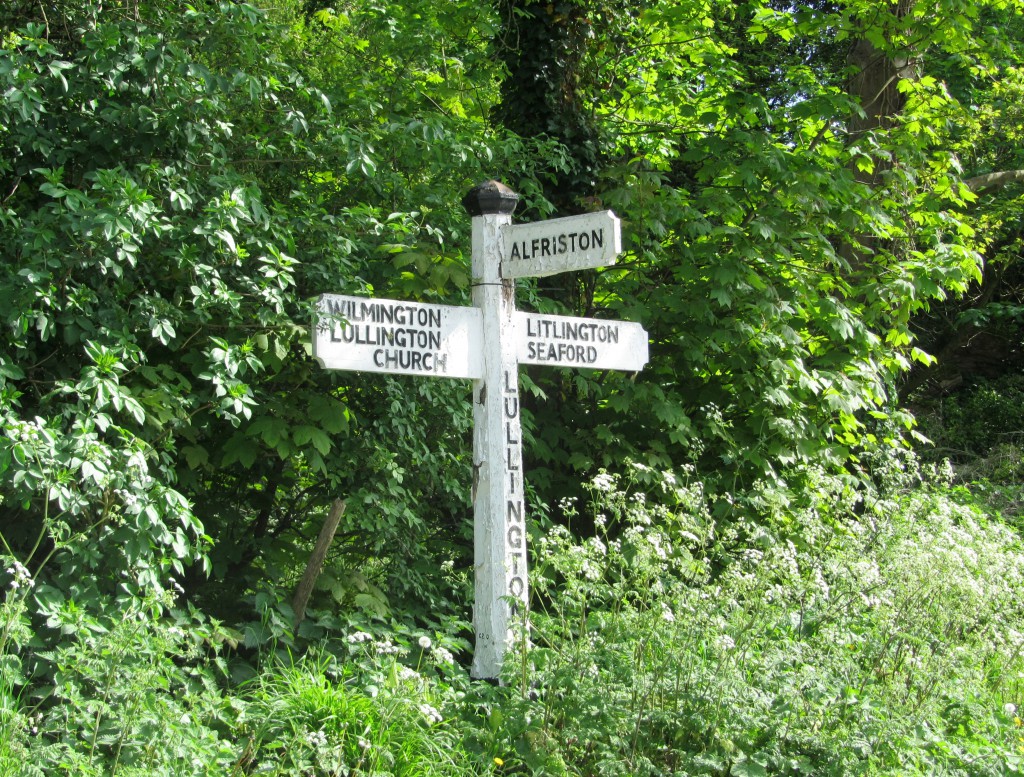

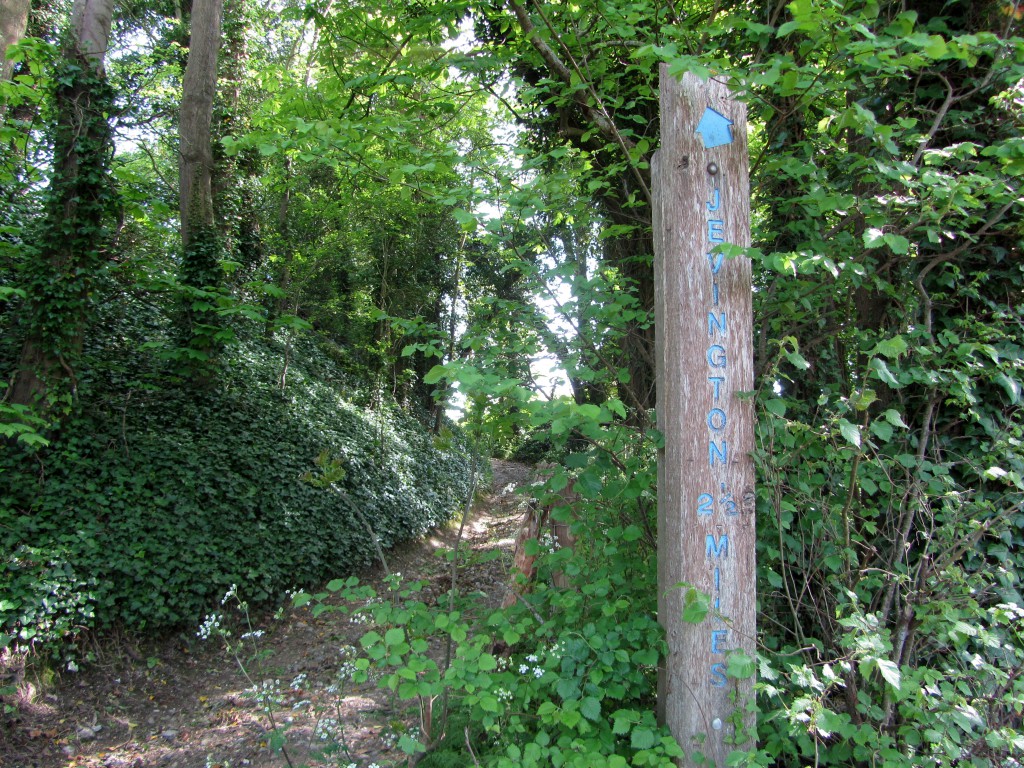


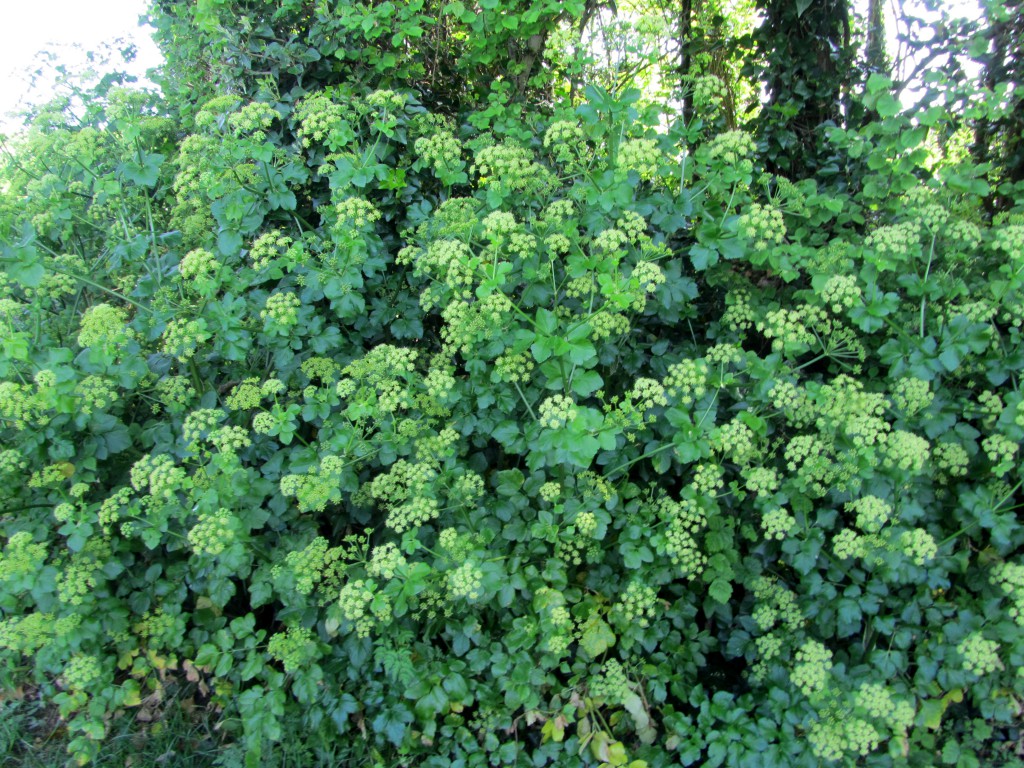
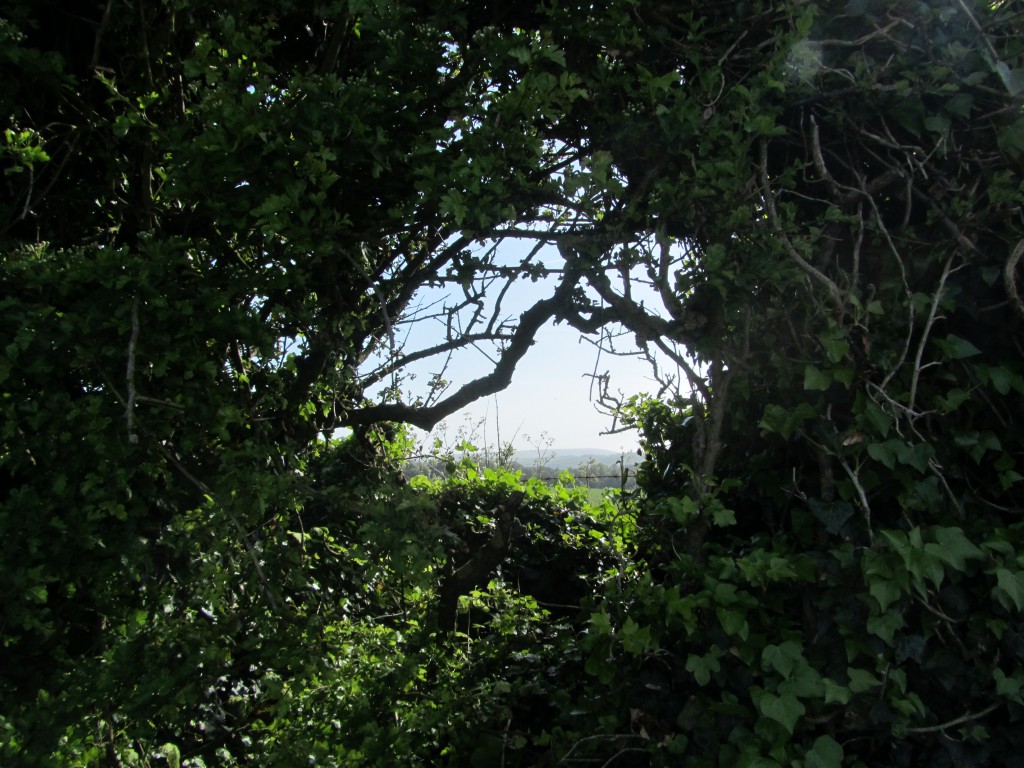

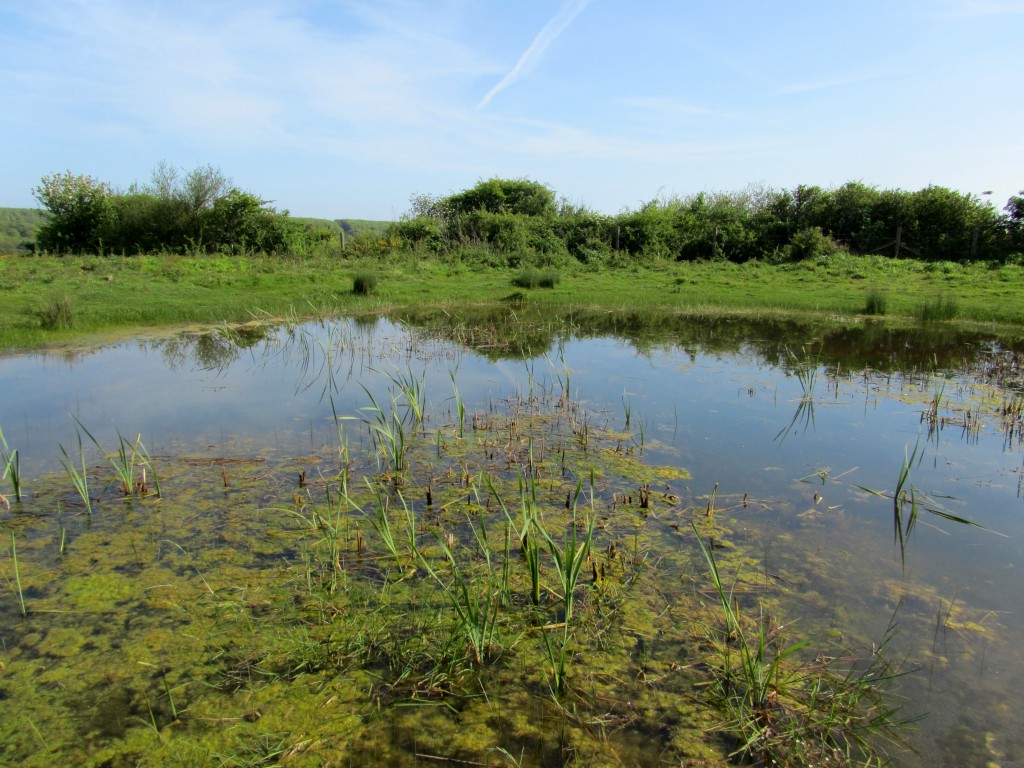
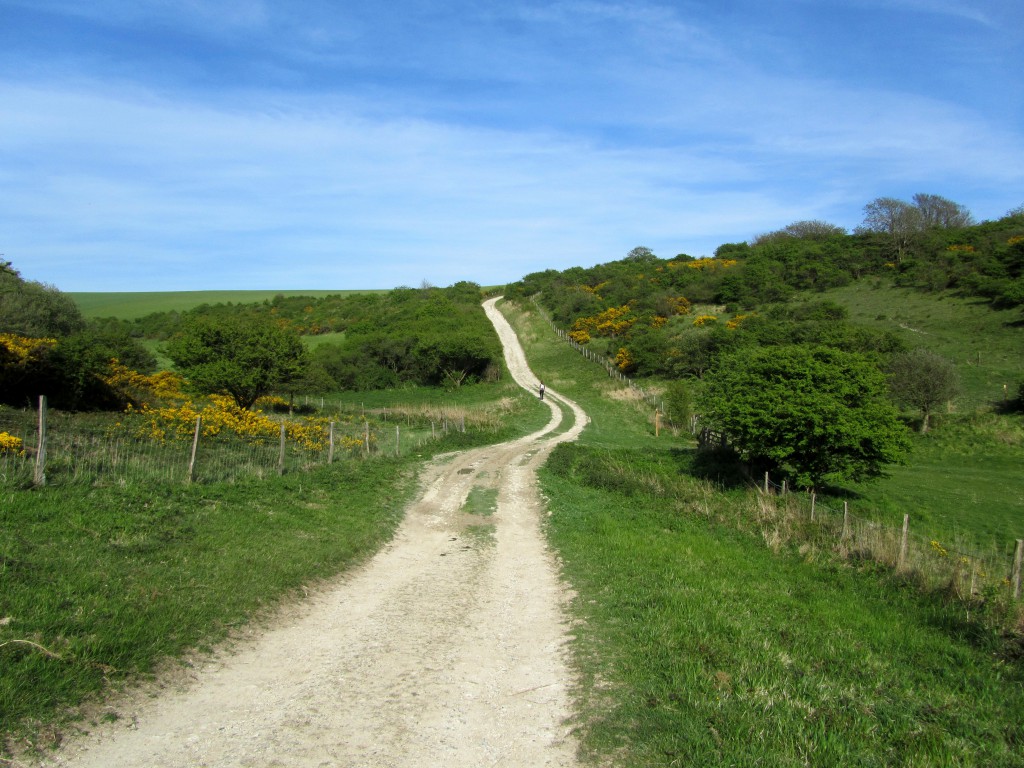

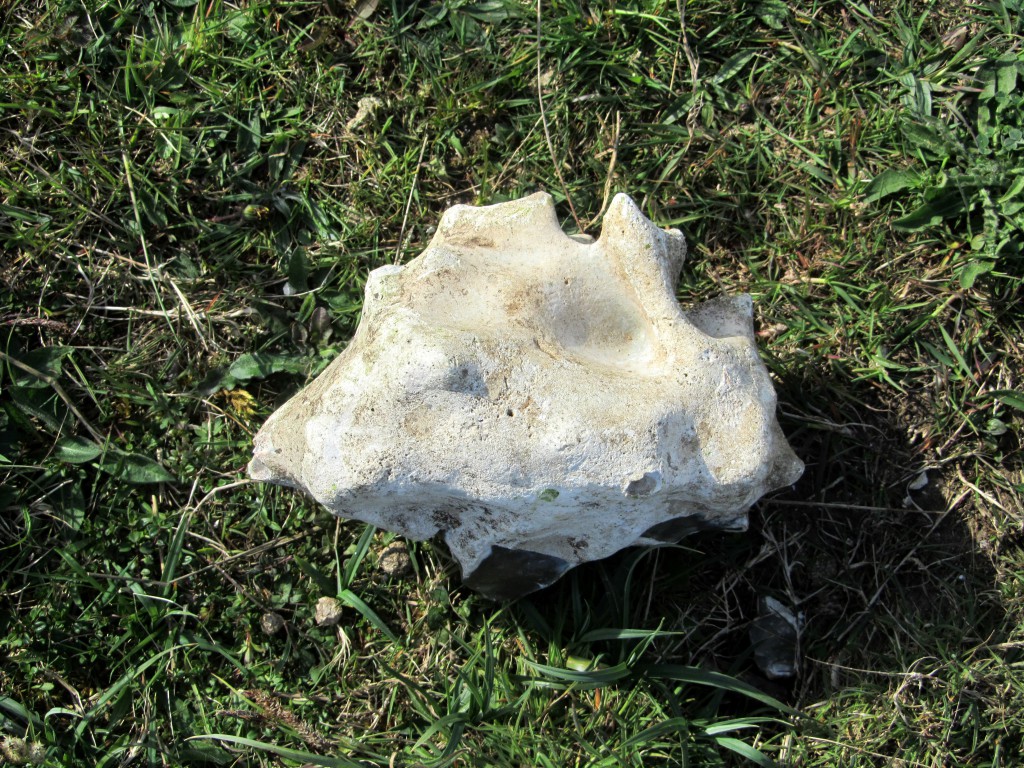
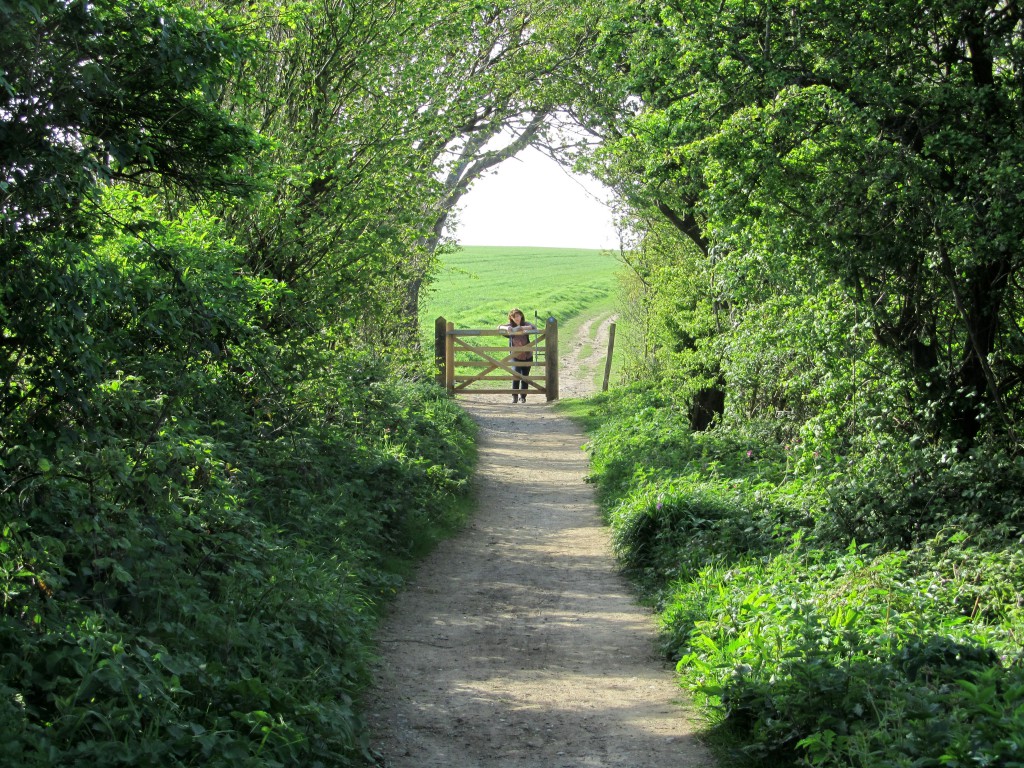
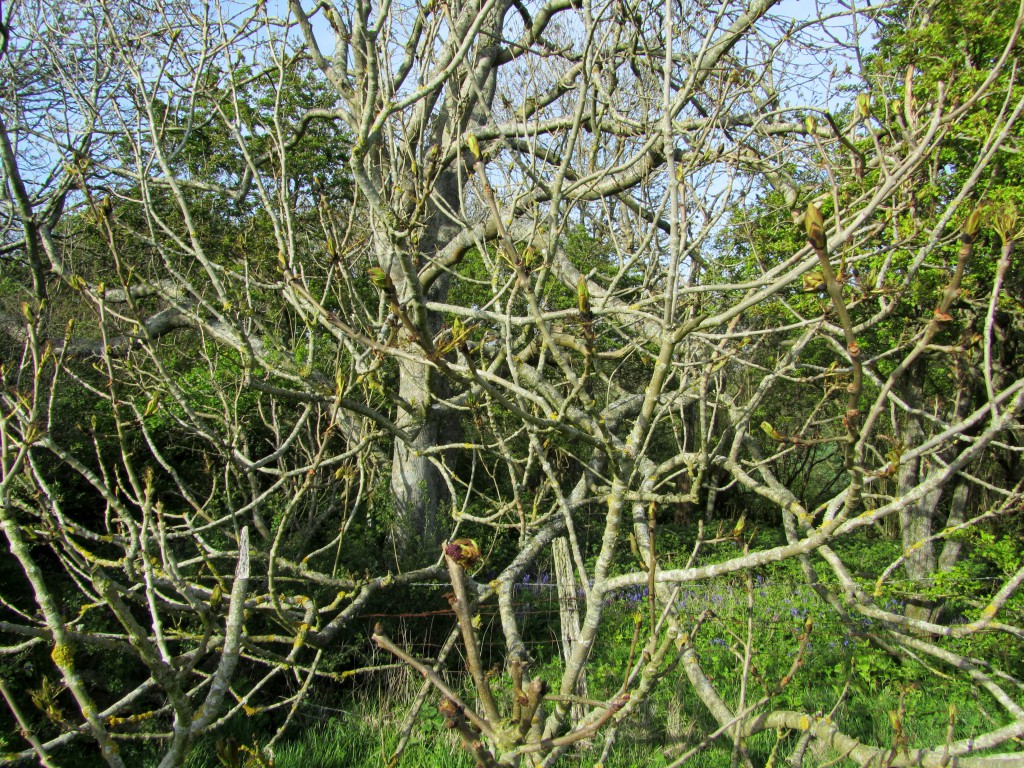
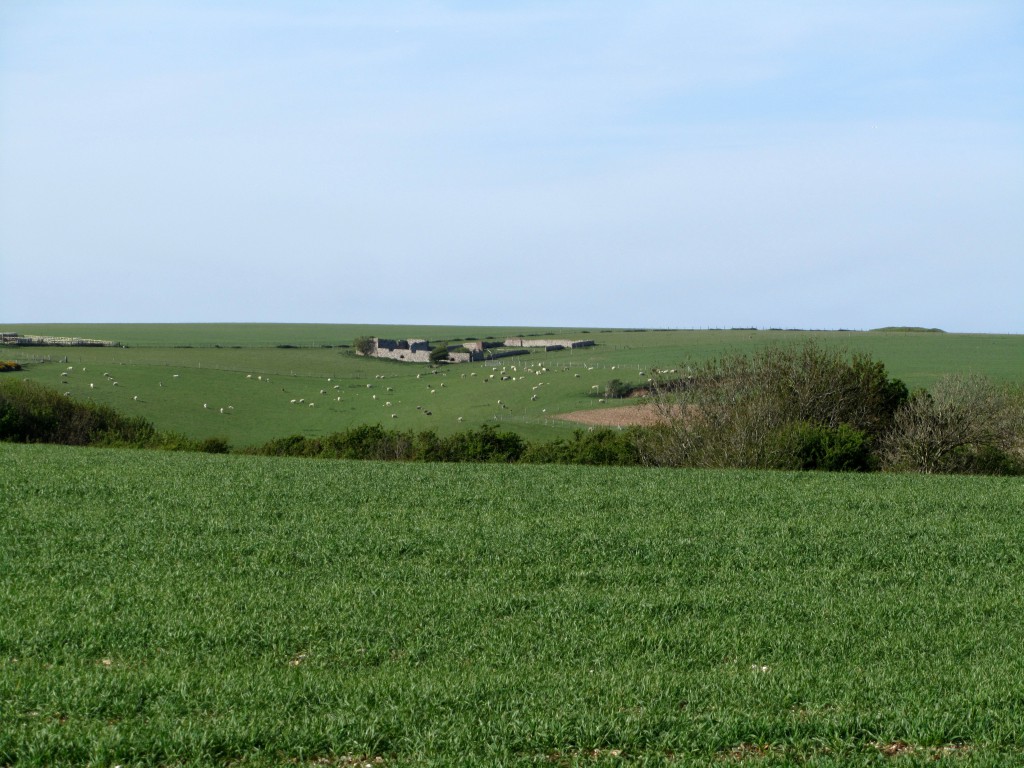
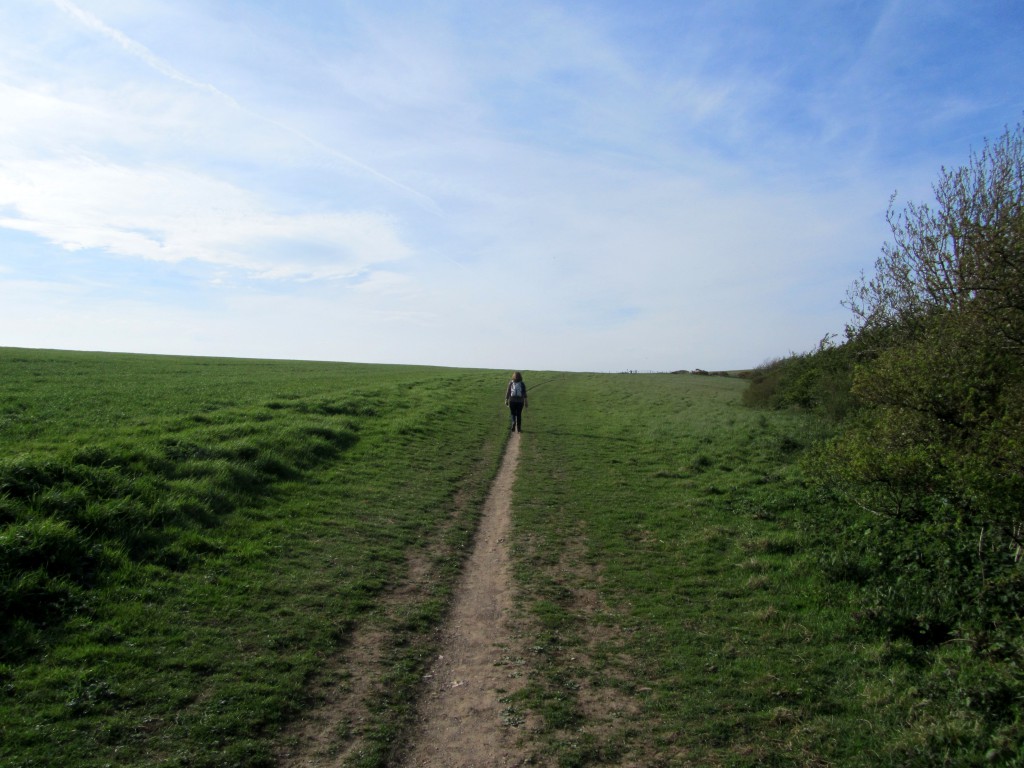


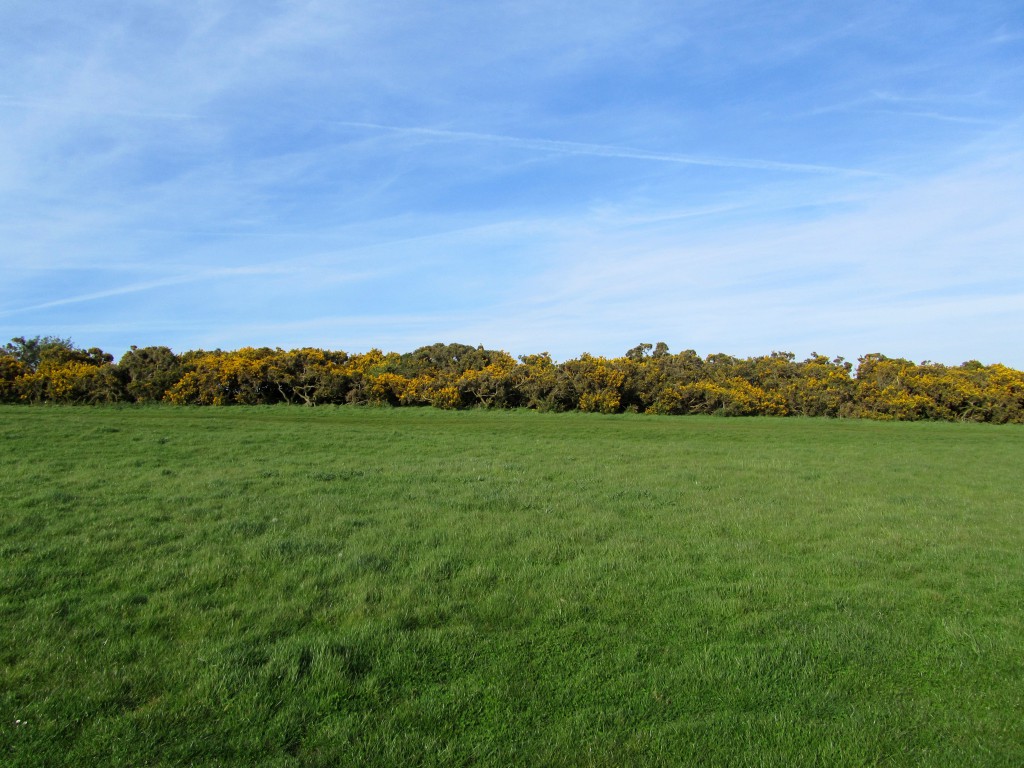
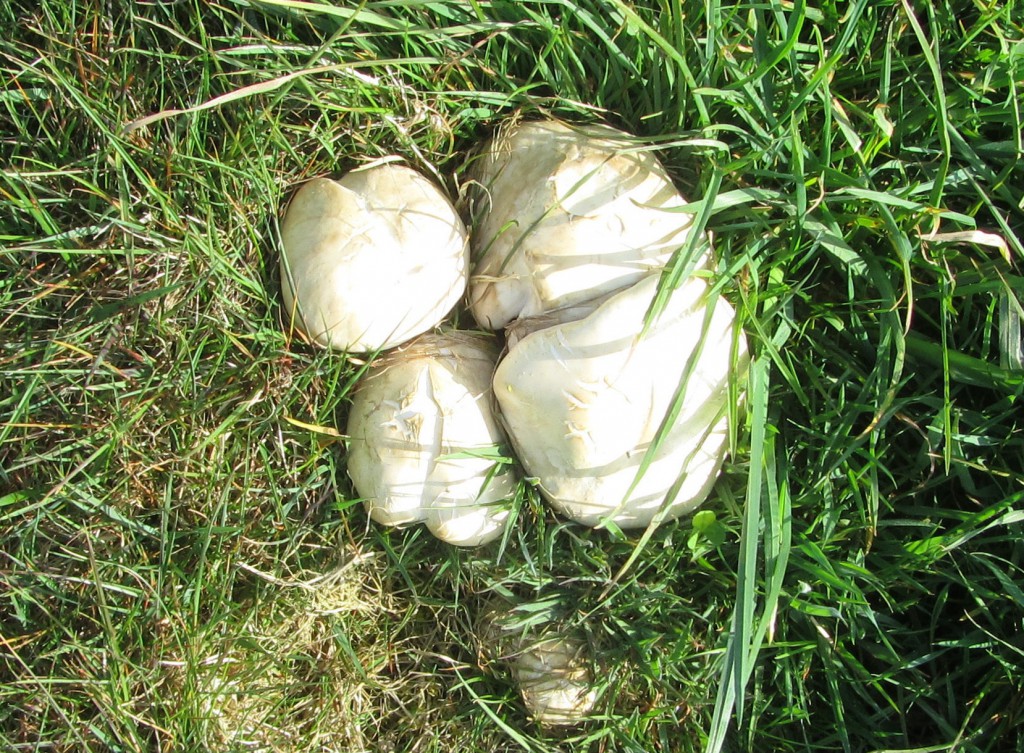

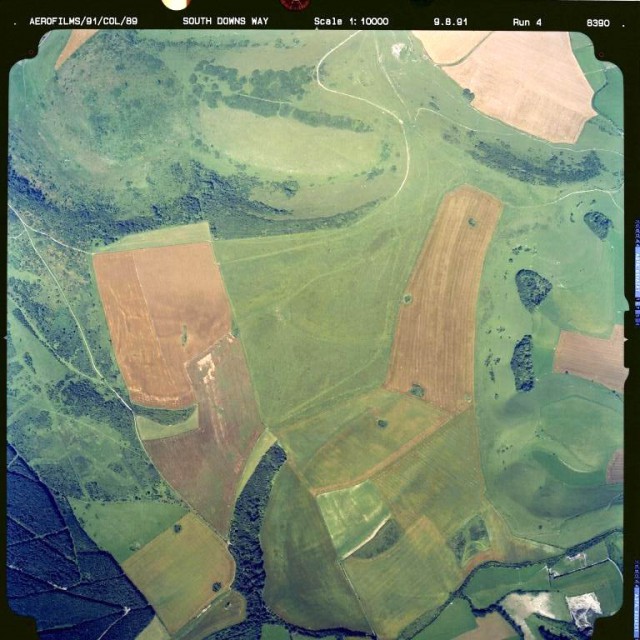
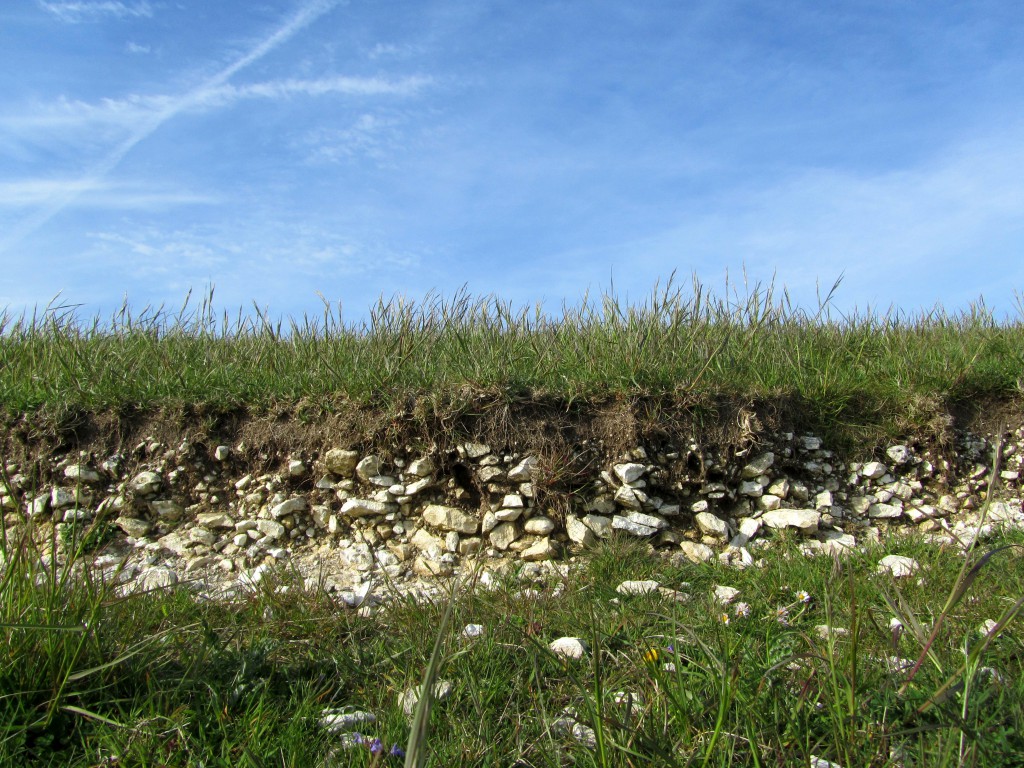

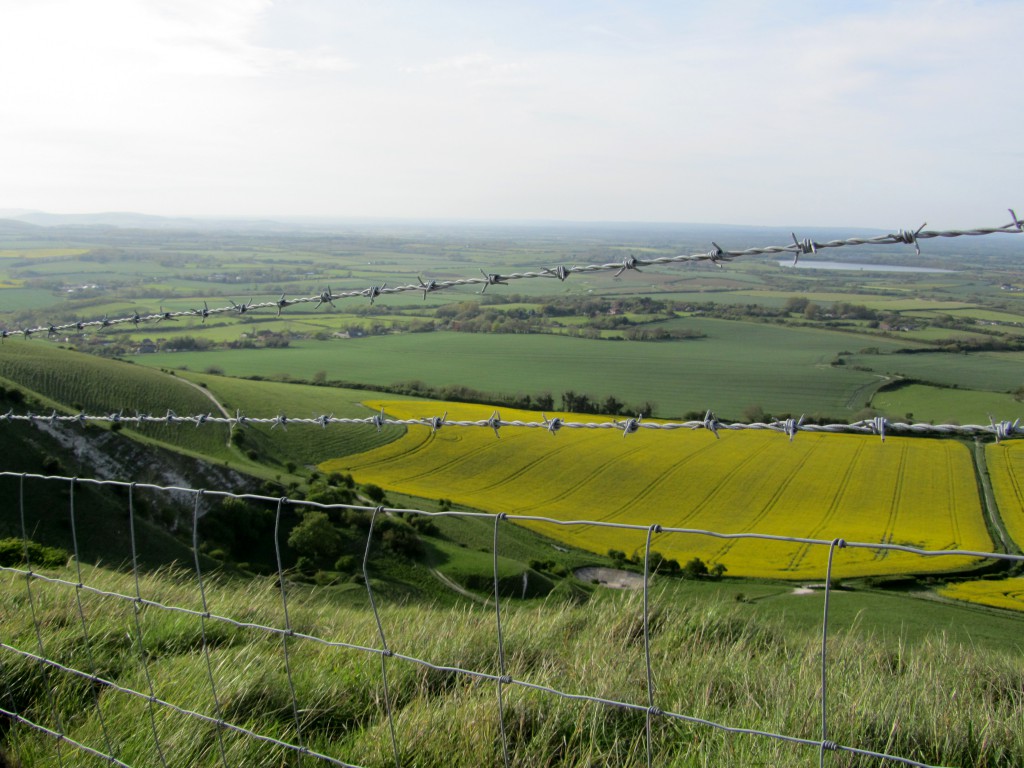
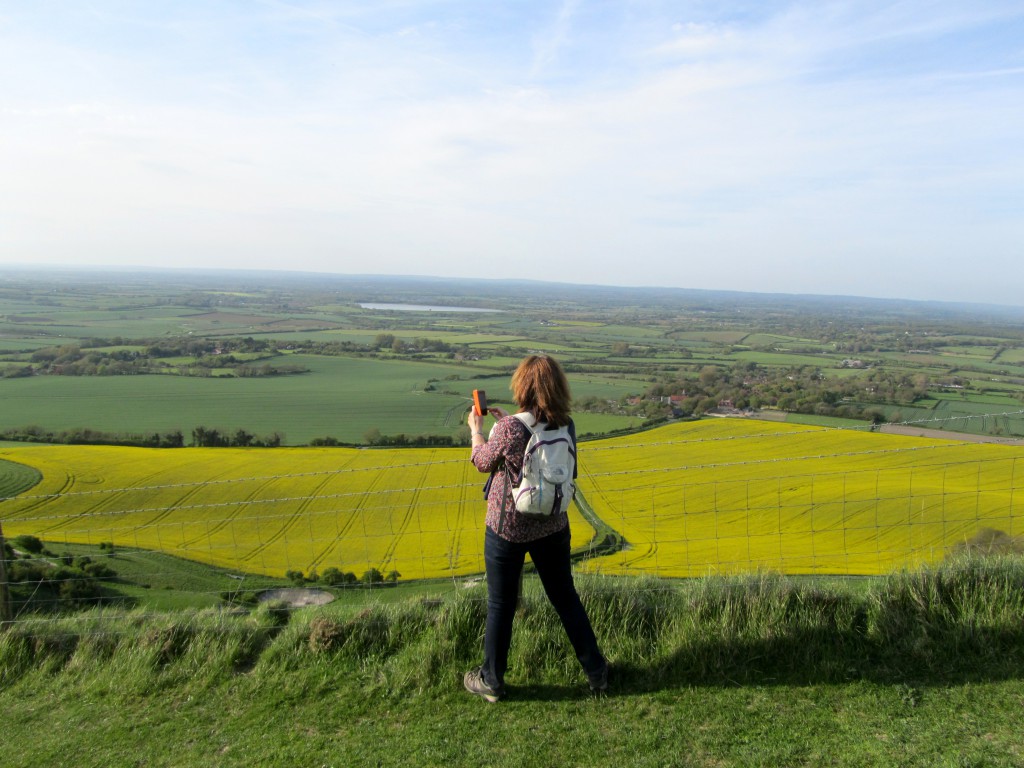
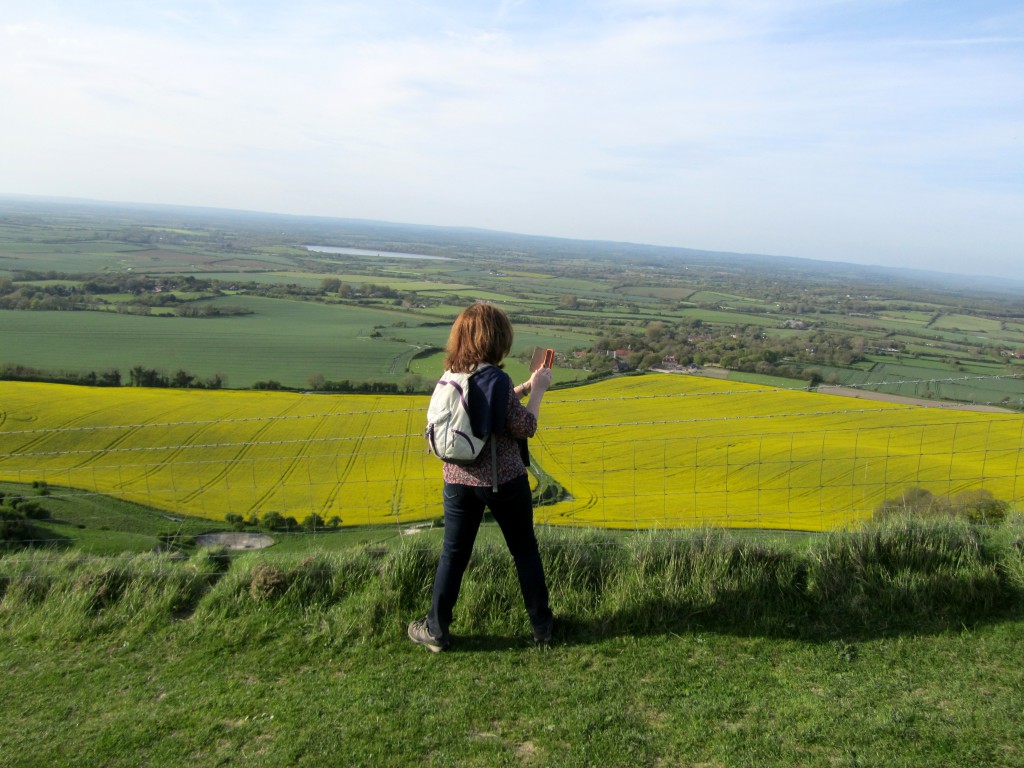

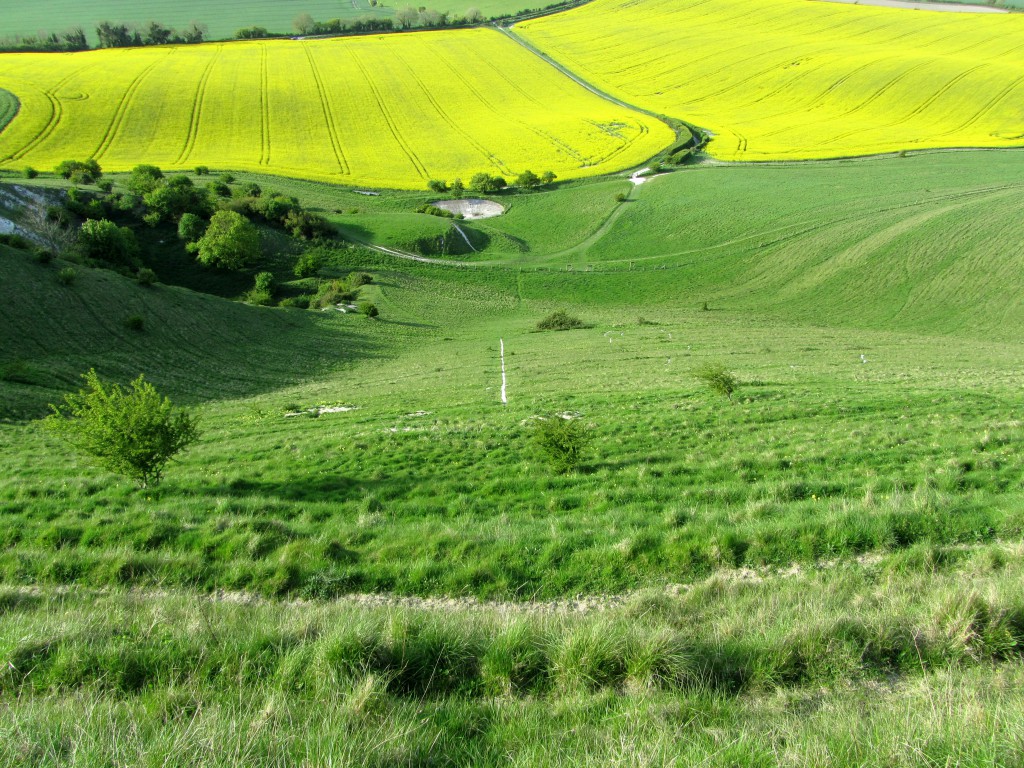
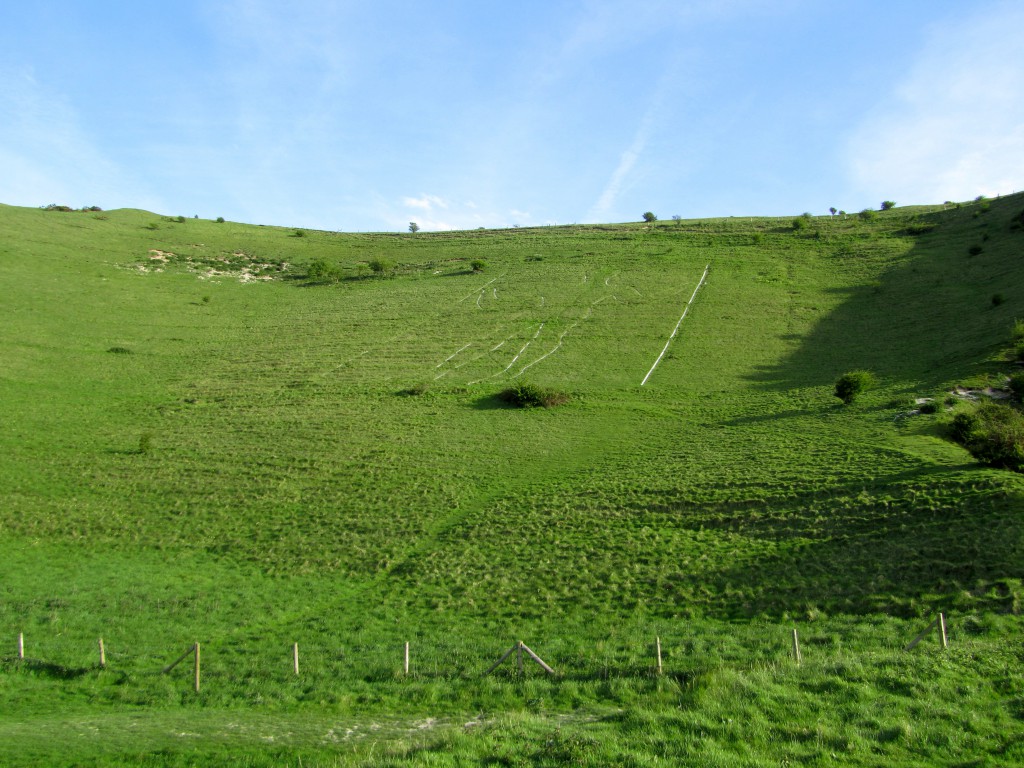
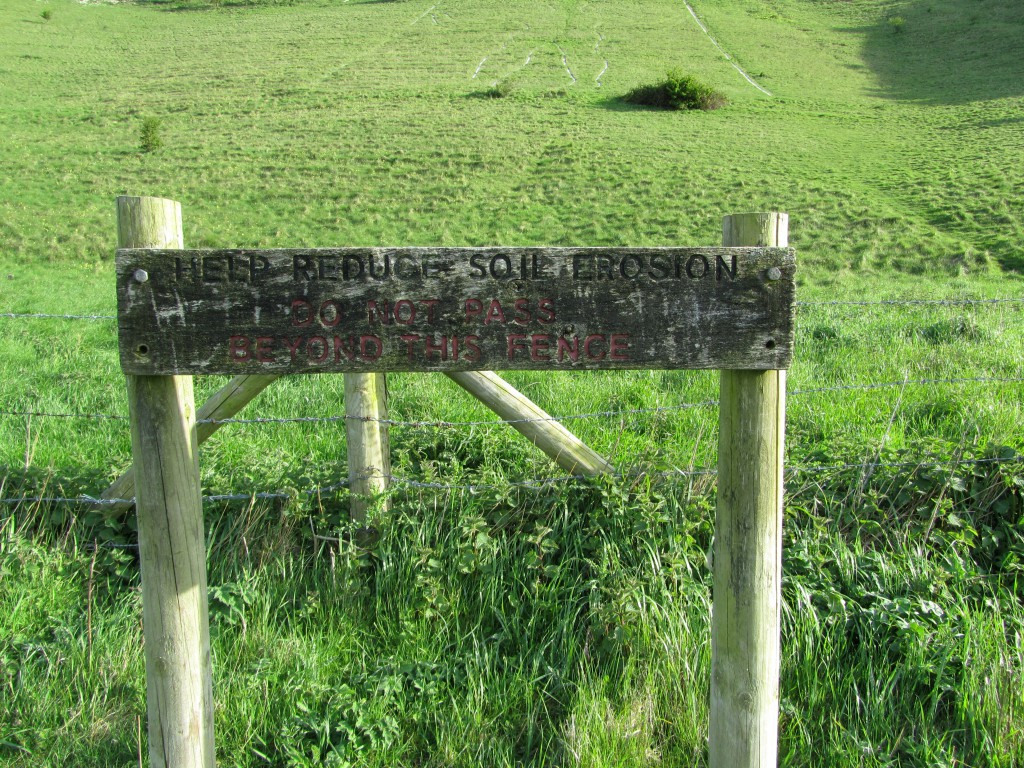



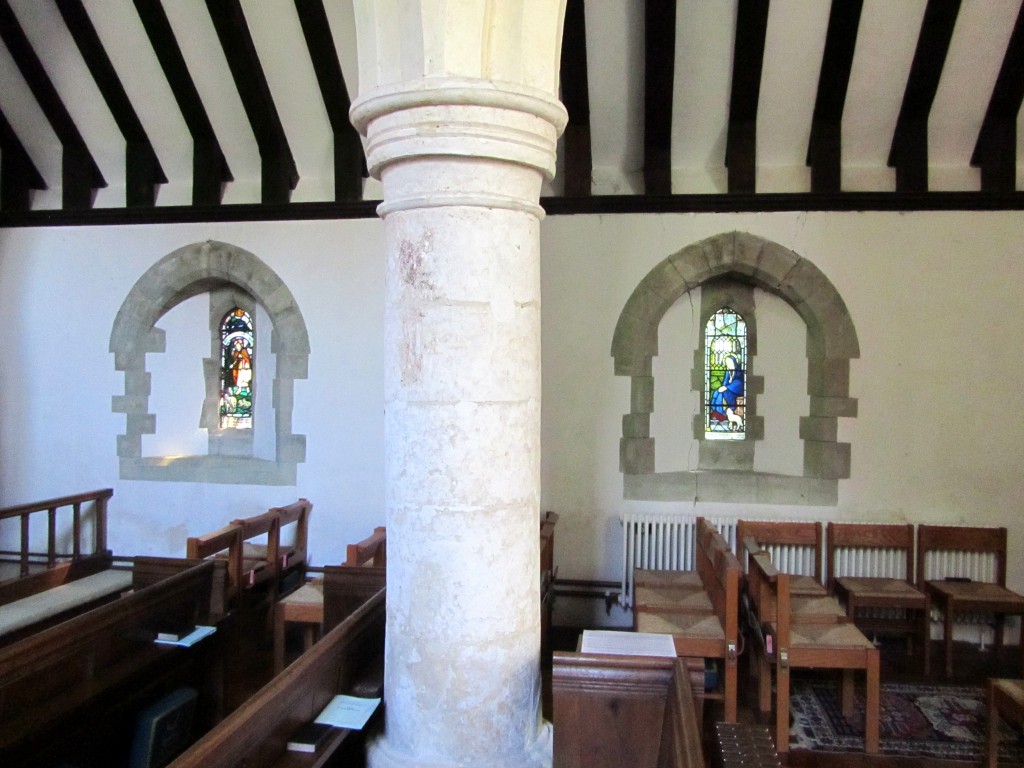
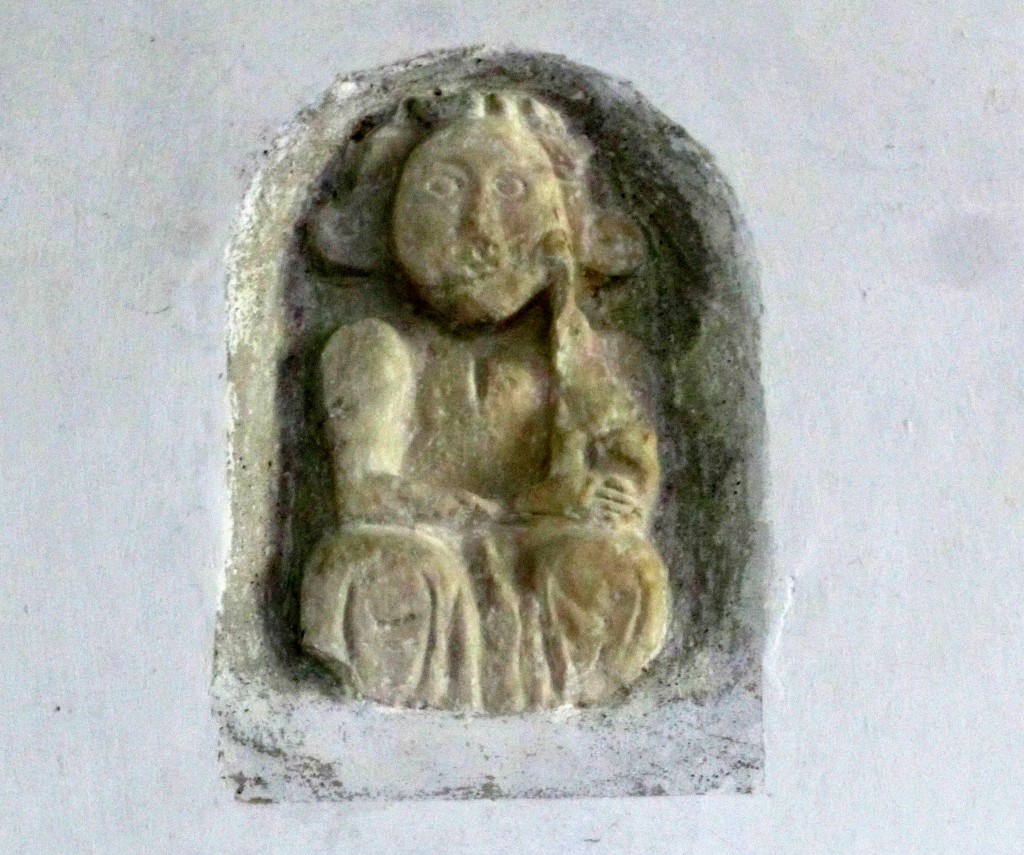



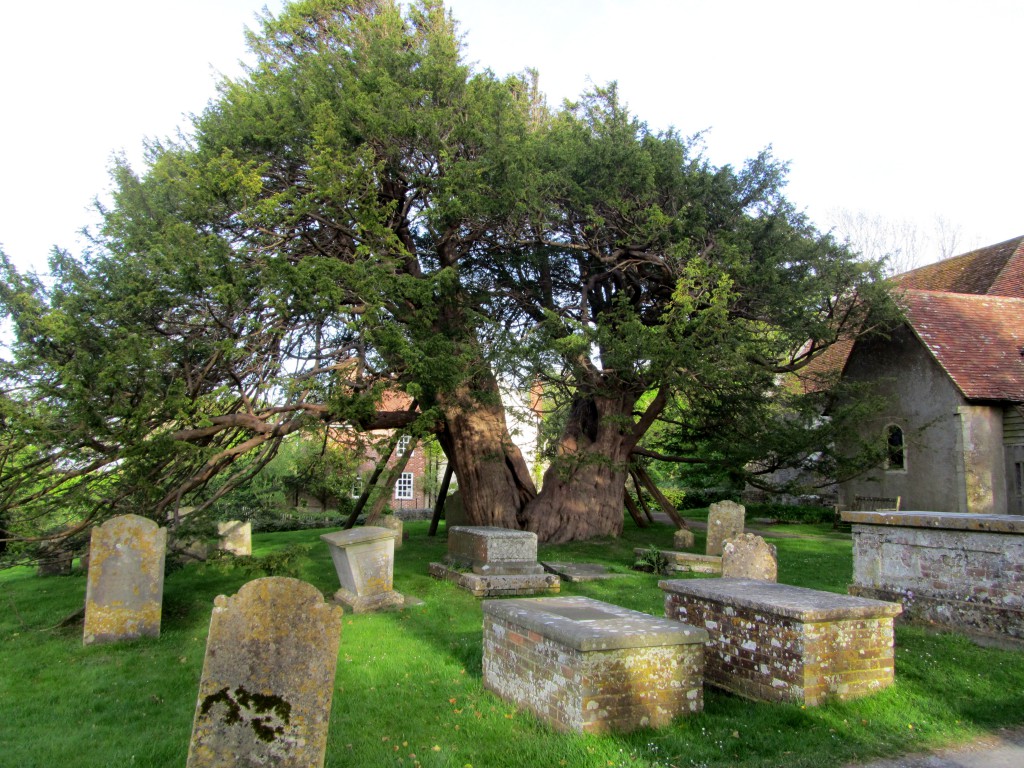

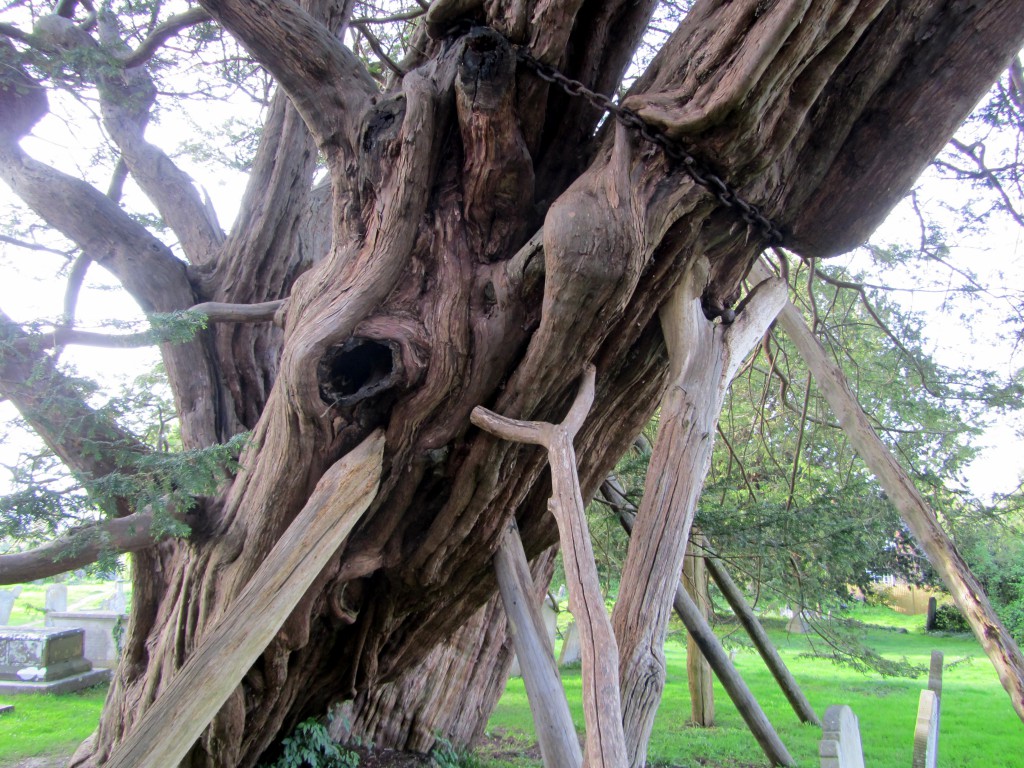
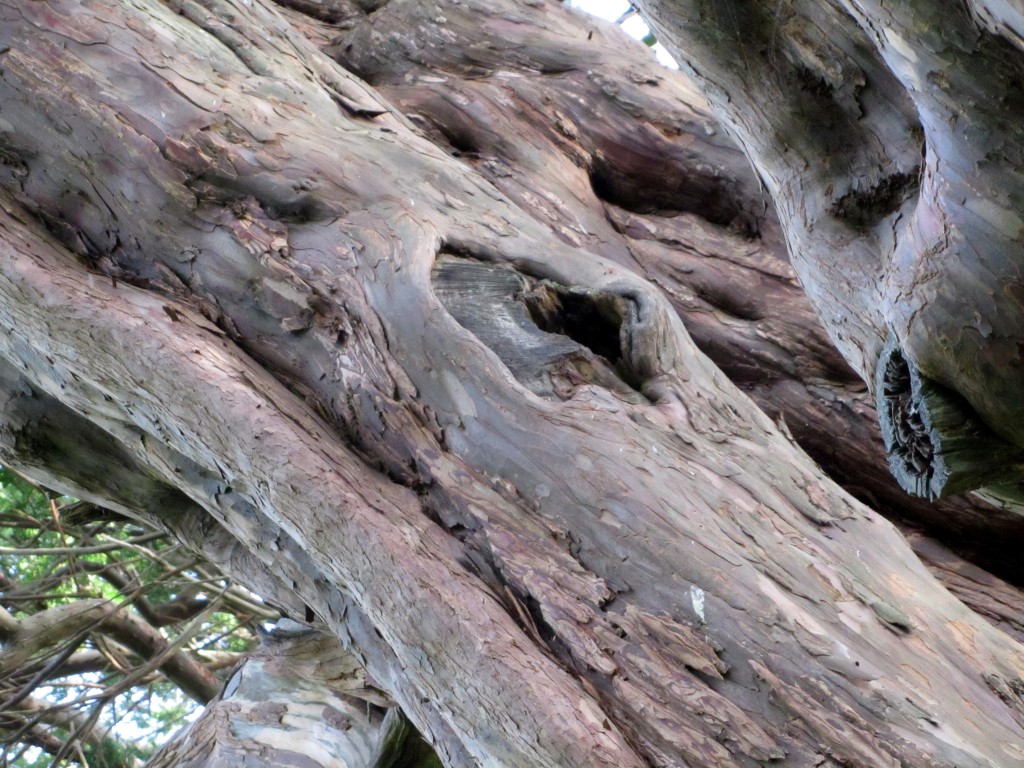
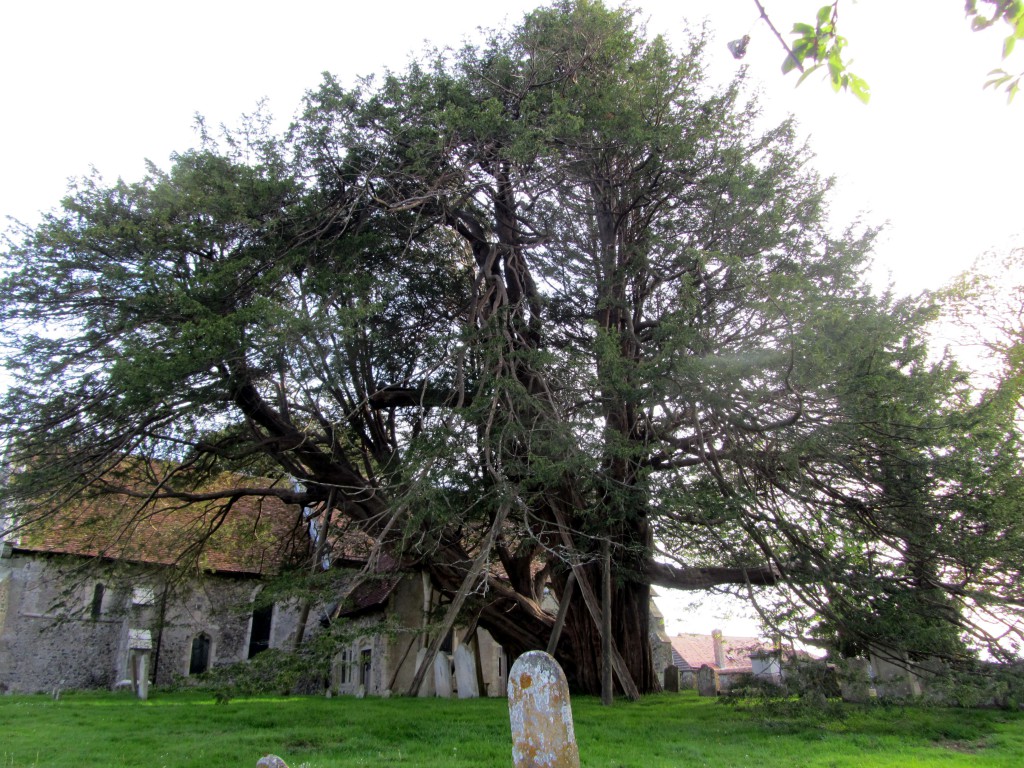
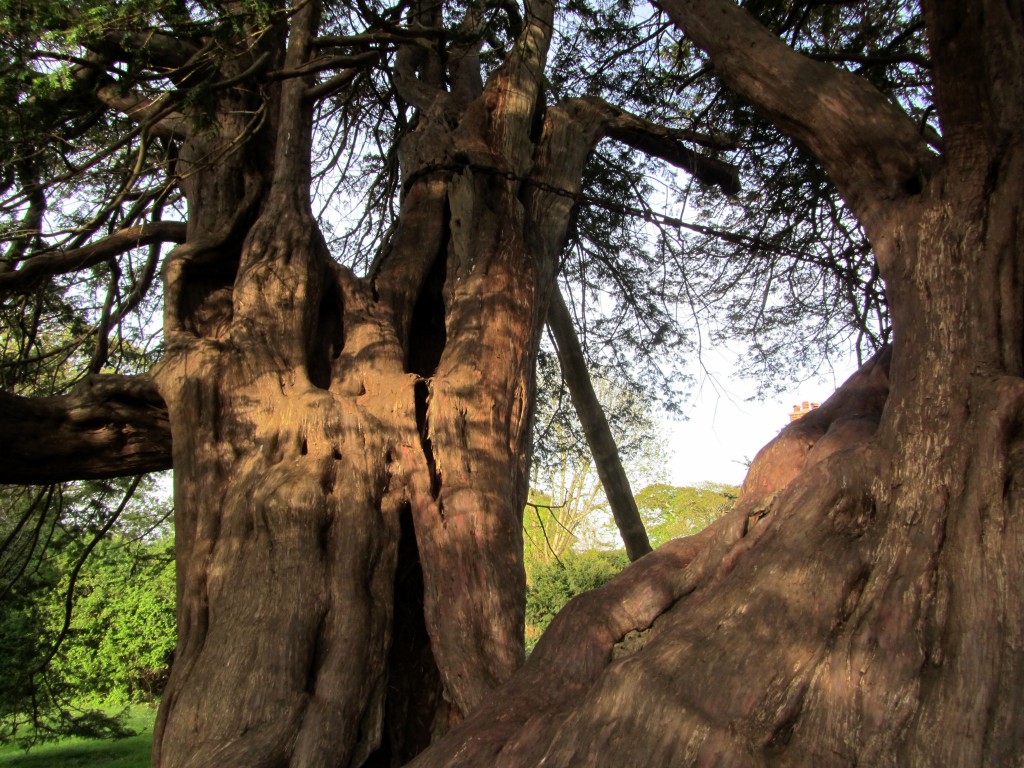
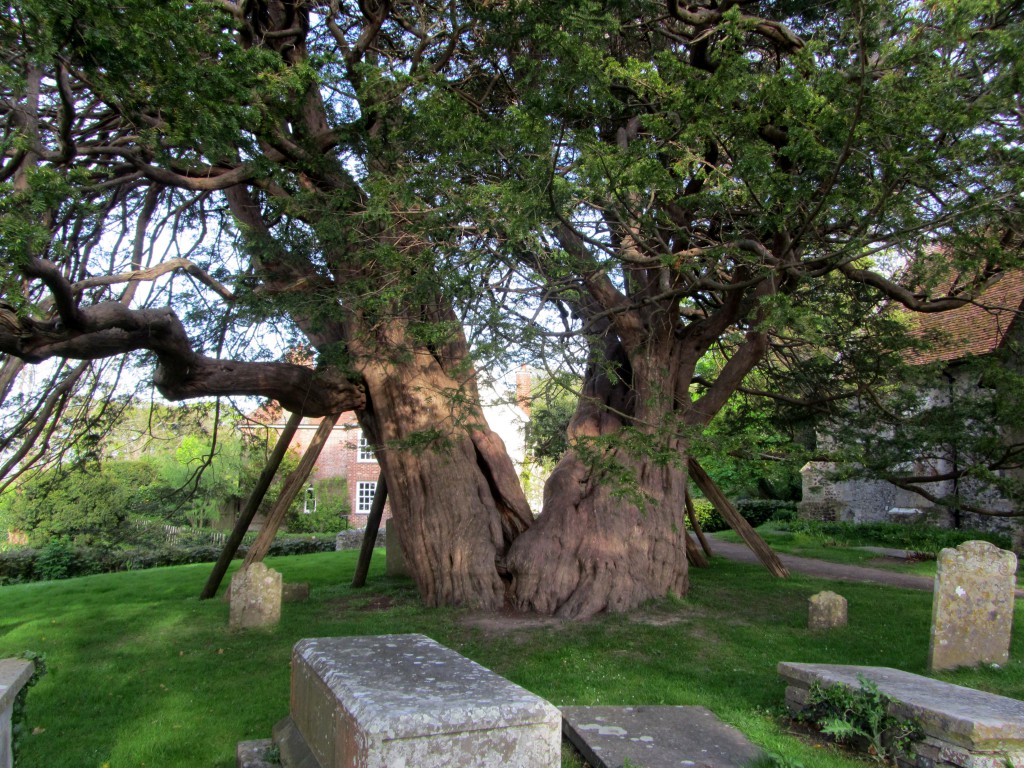
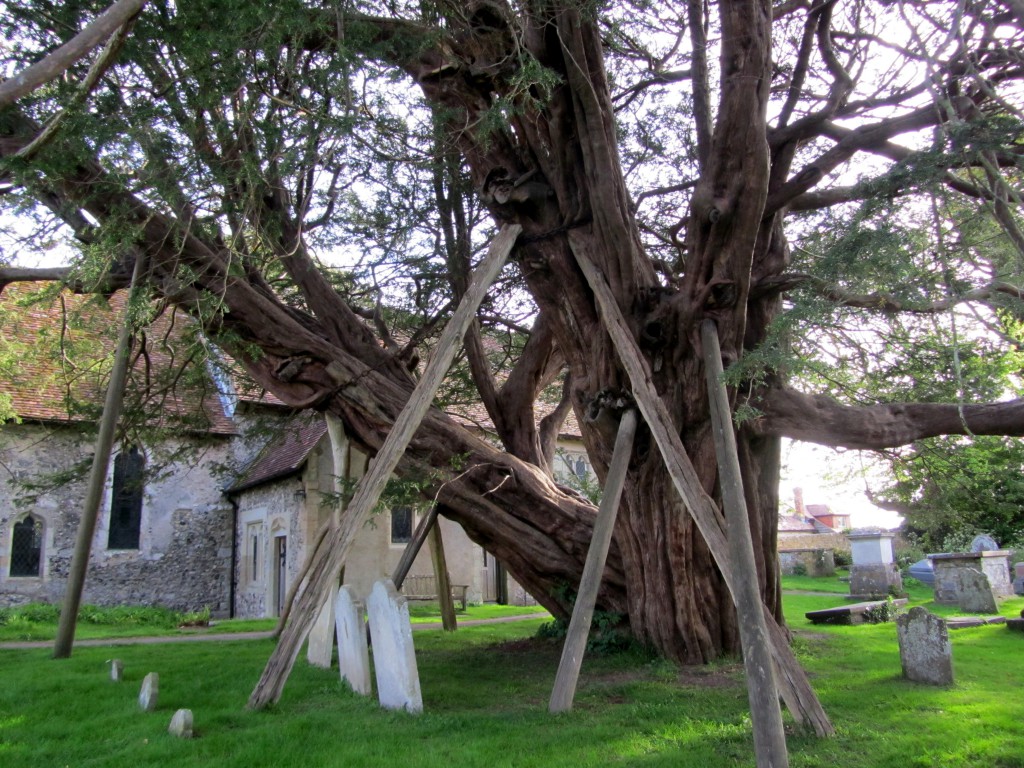

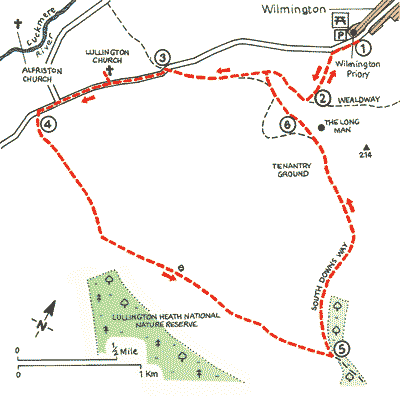
Another walk of wonder. Richard Long indeed. Also like the quote on Hill Figures.
So serene and beautiful. I am struck by how few tourists are there. Far from the maddening crowd.